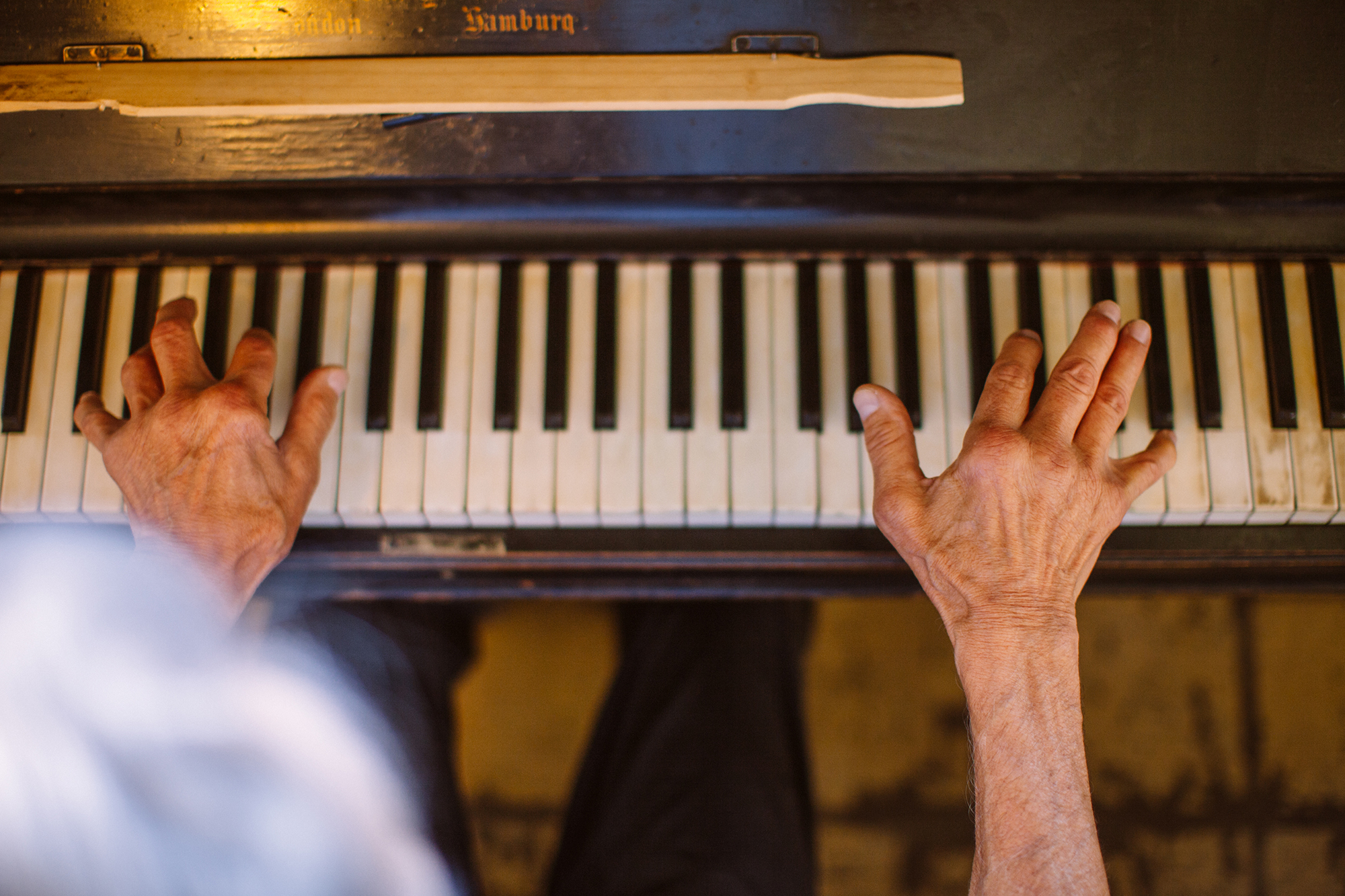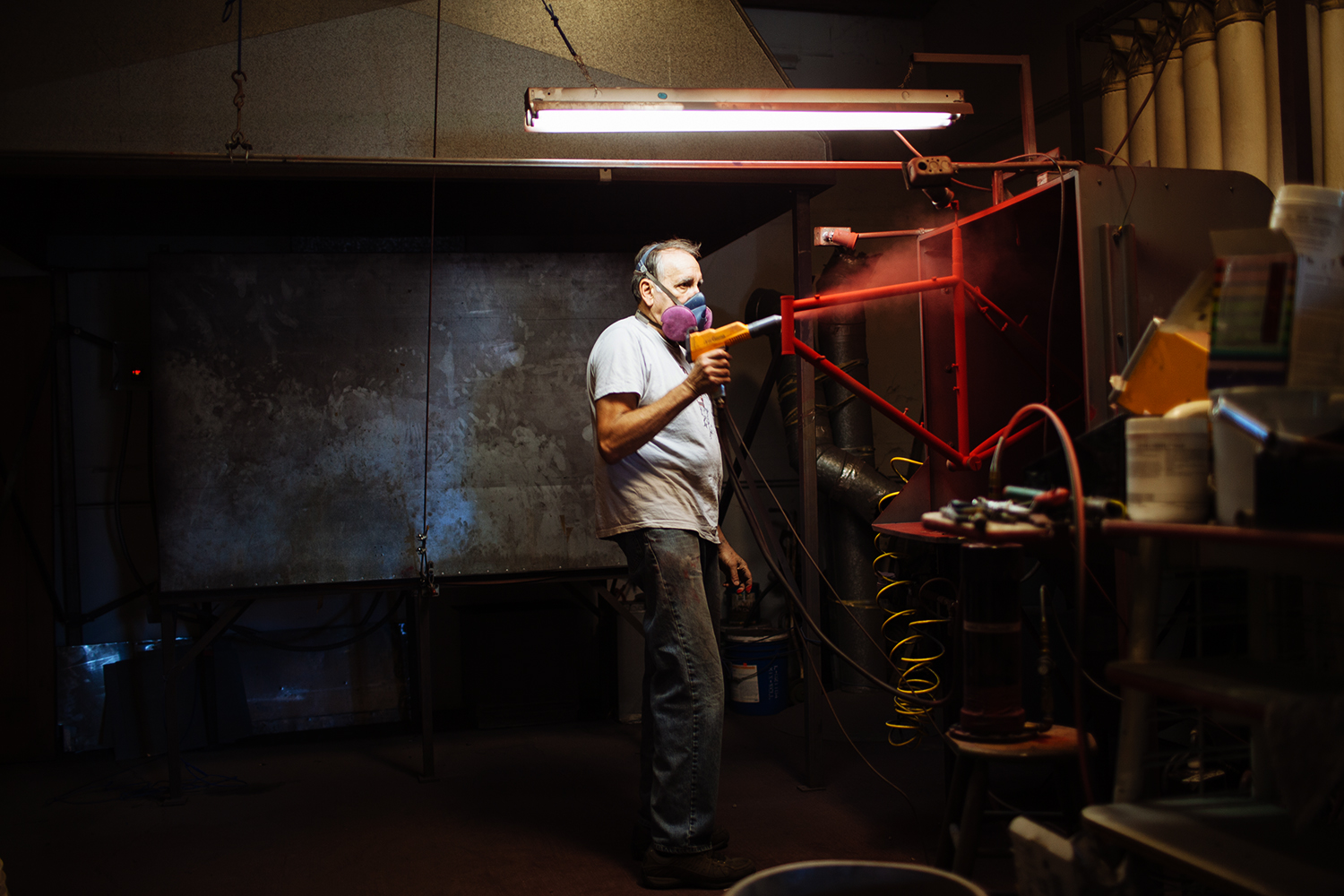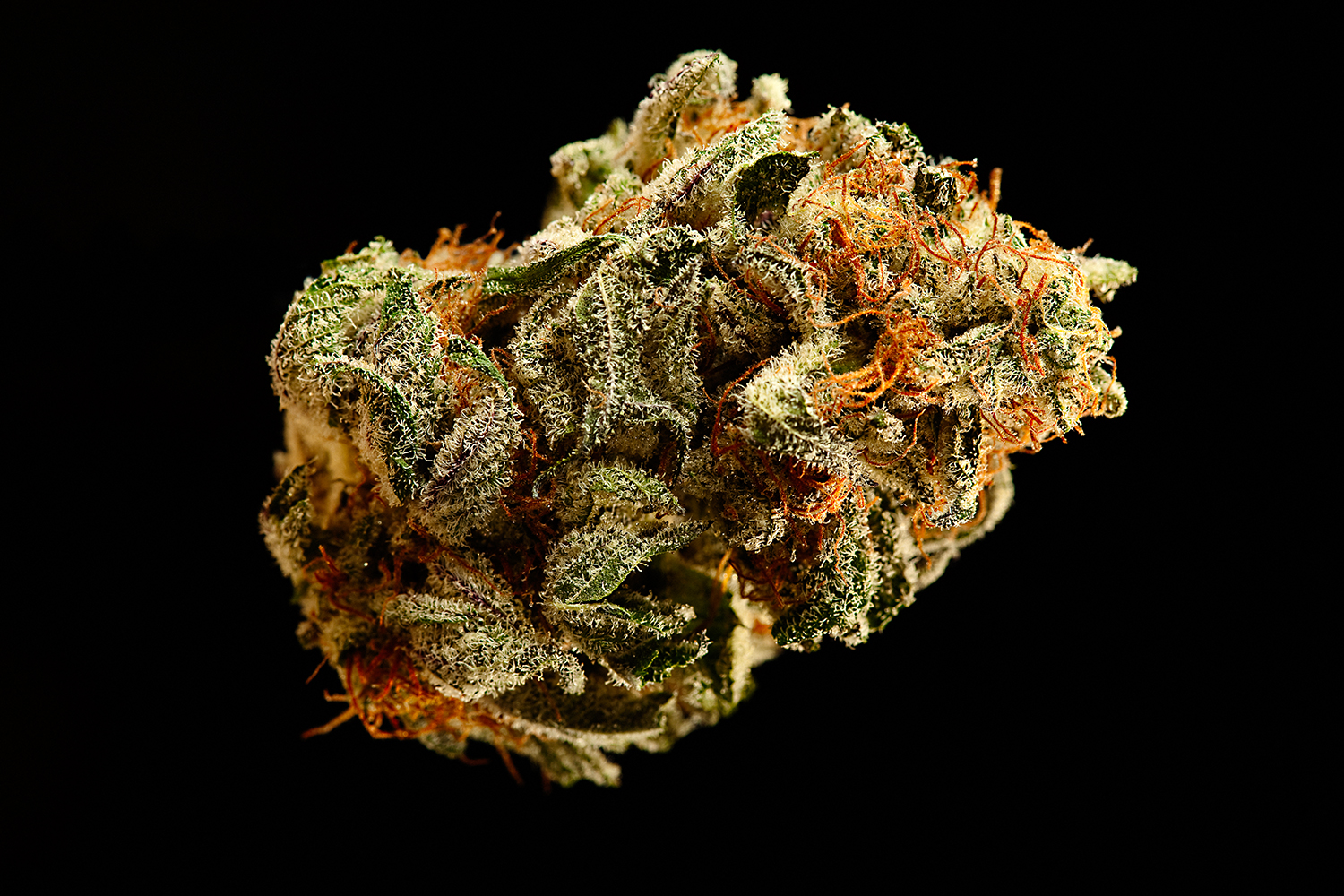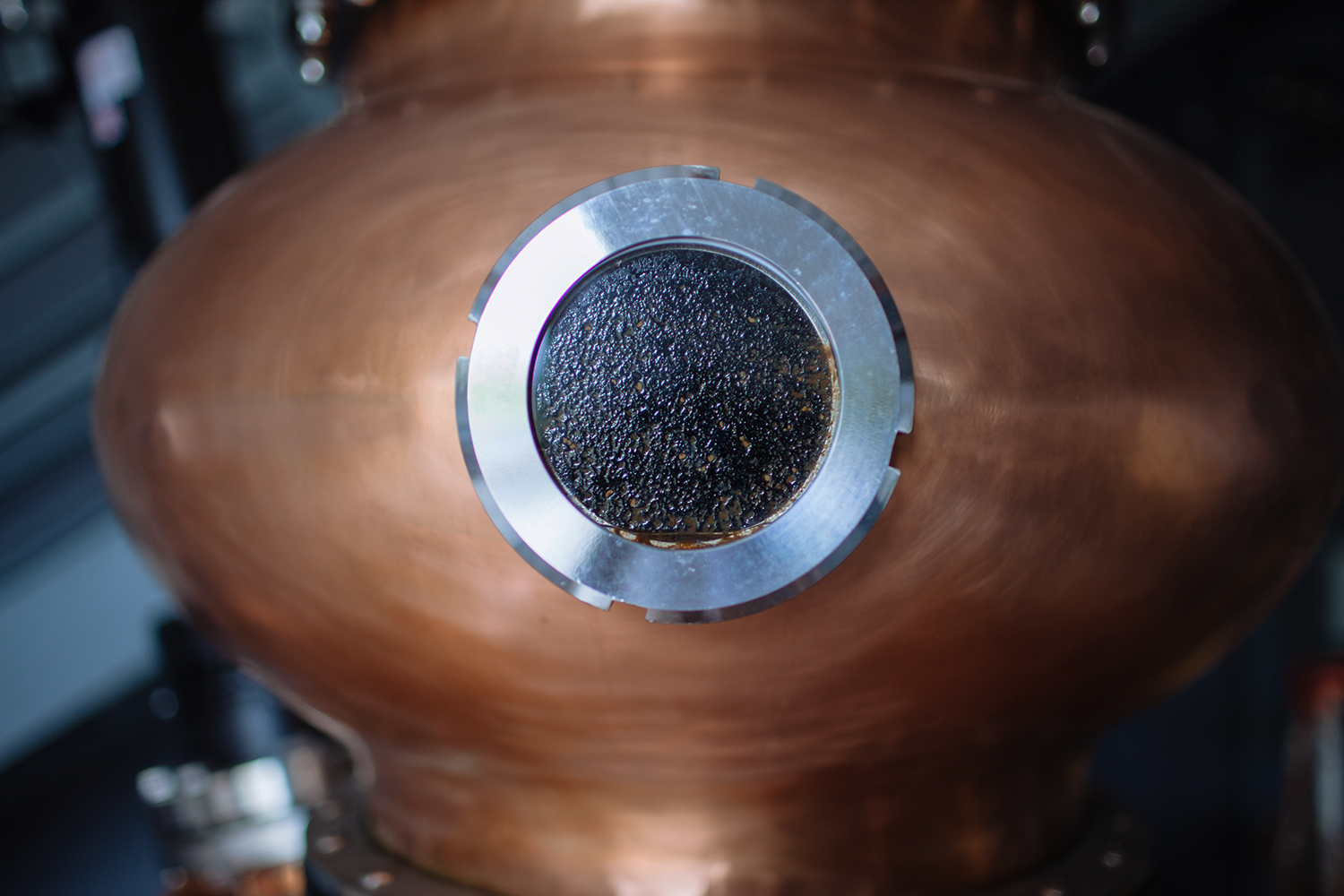Rocker oysterfeller's
It’s not about the food. I mean, obviously it is about the food but that isn’t the most important part. Sometimes you can get the most mouth watering morsels in a funky spot that looks like an old laundromat. Or absolute cardboard crap in a glorious architectural specimen with sweeping vistas. At Rocker Oysterfellers you get a little bit of all the goods. From the rocking chairs on the front porch you can suck down a PBR from a mason jar or a flute of sparkling while checking out the local cow country. The place is in an old school building from the late 1800s that I’m pretty sure used to be a brothel. A gravel parking lot leads to a couple of big goats in the back forty named Pancho and Lefty, who aren’t quite friendly.
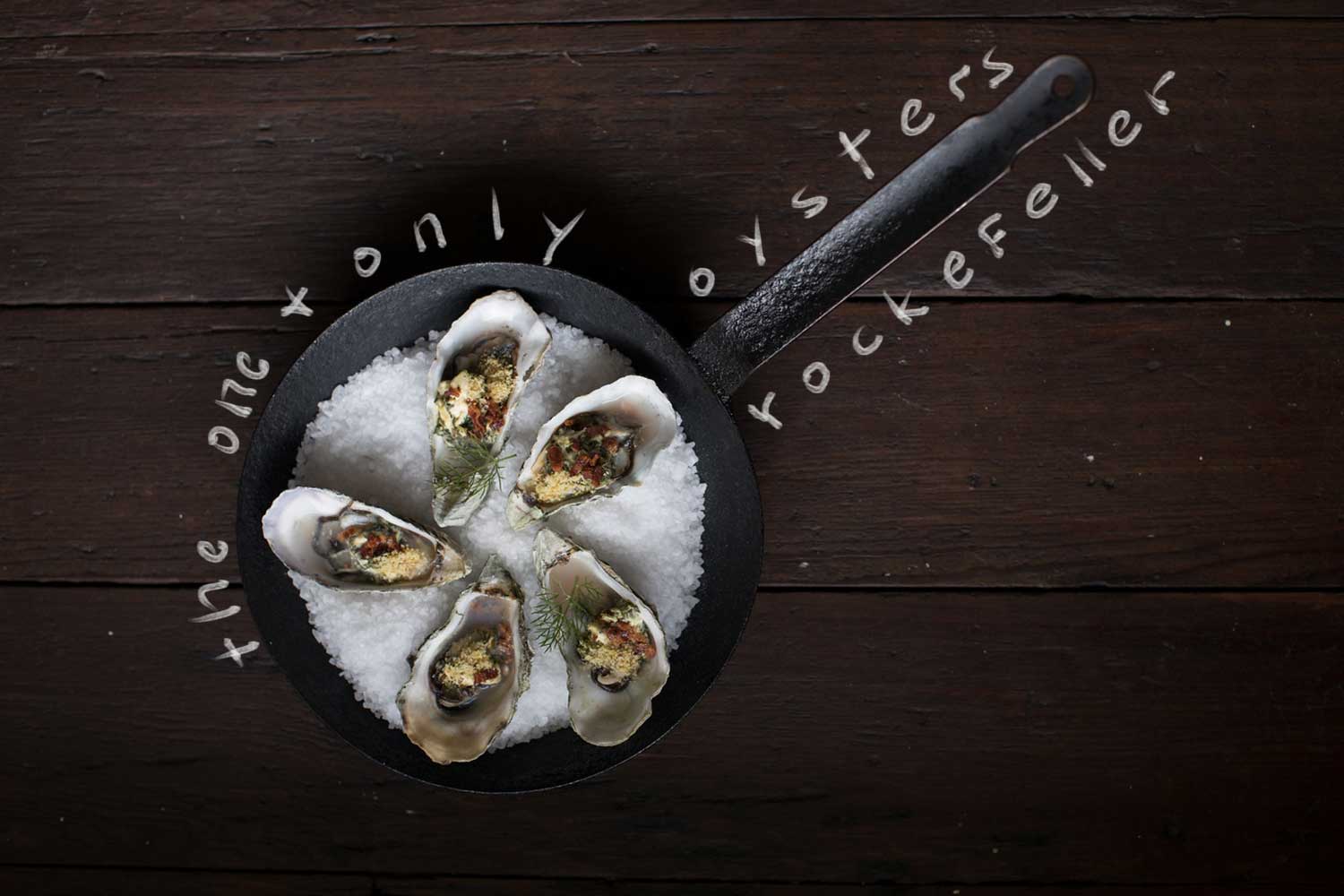
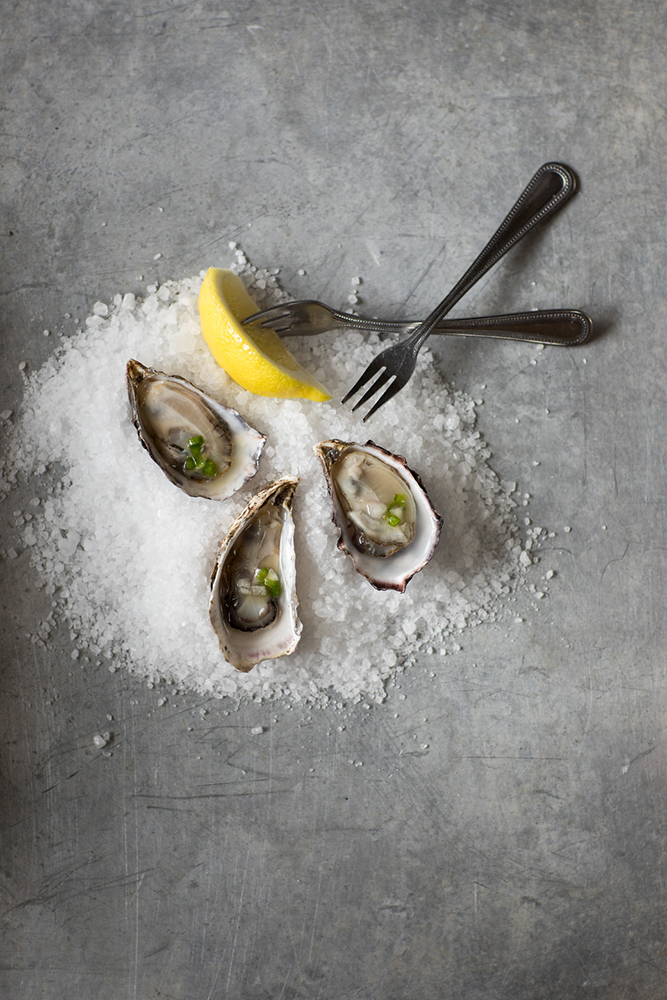
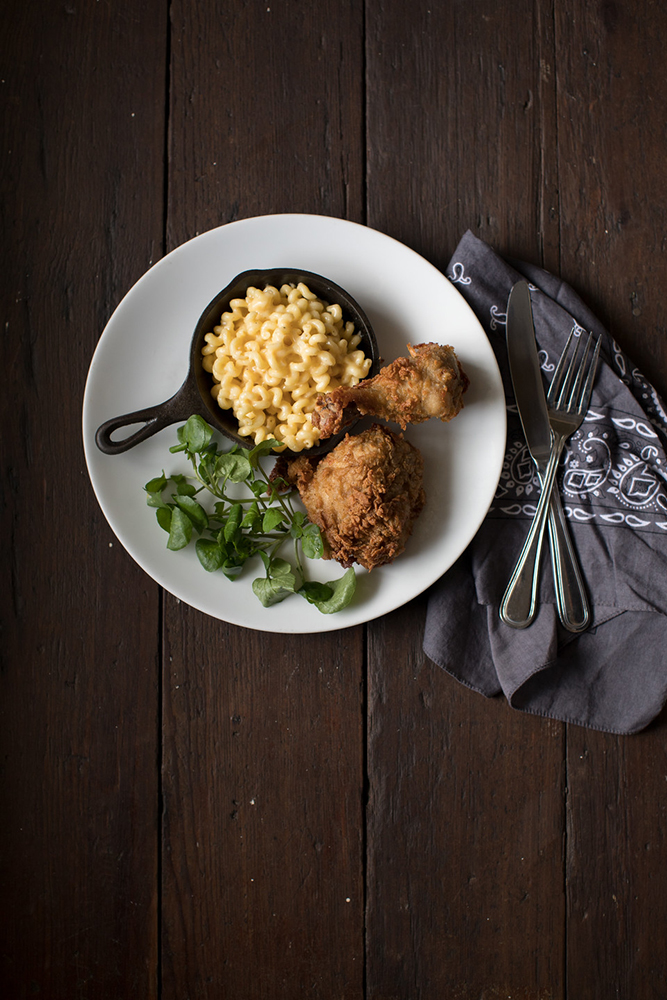
You can get some afternoon delight for your mouth with 5 flavors of grilled oysters as well as the fresh, raw, notoriously naughty bivalves. And if that doesn’t float your boat, the bacon wrapped goat cheese jalapeños will burn it down. But in a good way…the food is lovely. Fried chicken. Fish tacos. A thick ass steak. Locally sourced, supporting the nearby farms. House made pimento cheese from the award winning Estero cheese that you can actually see the farm from the front porch. And if you get there quick, you might score some bacon wrapped water buffalo meatloaf from just down the street.



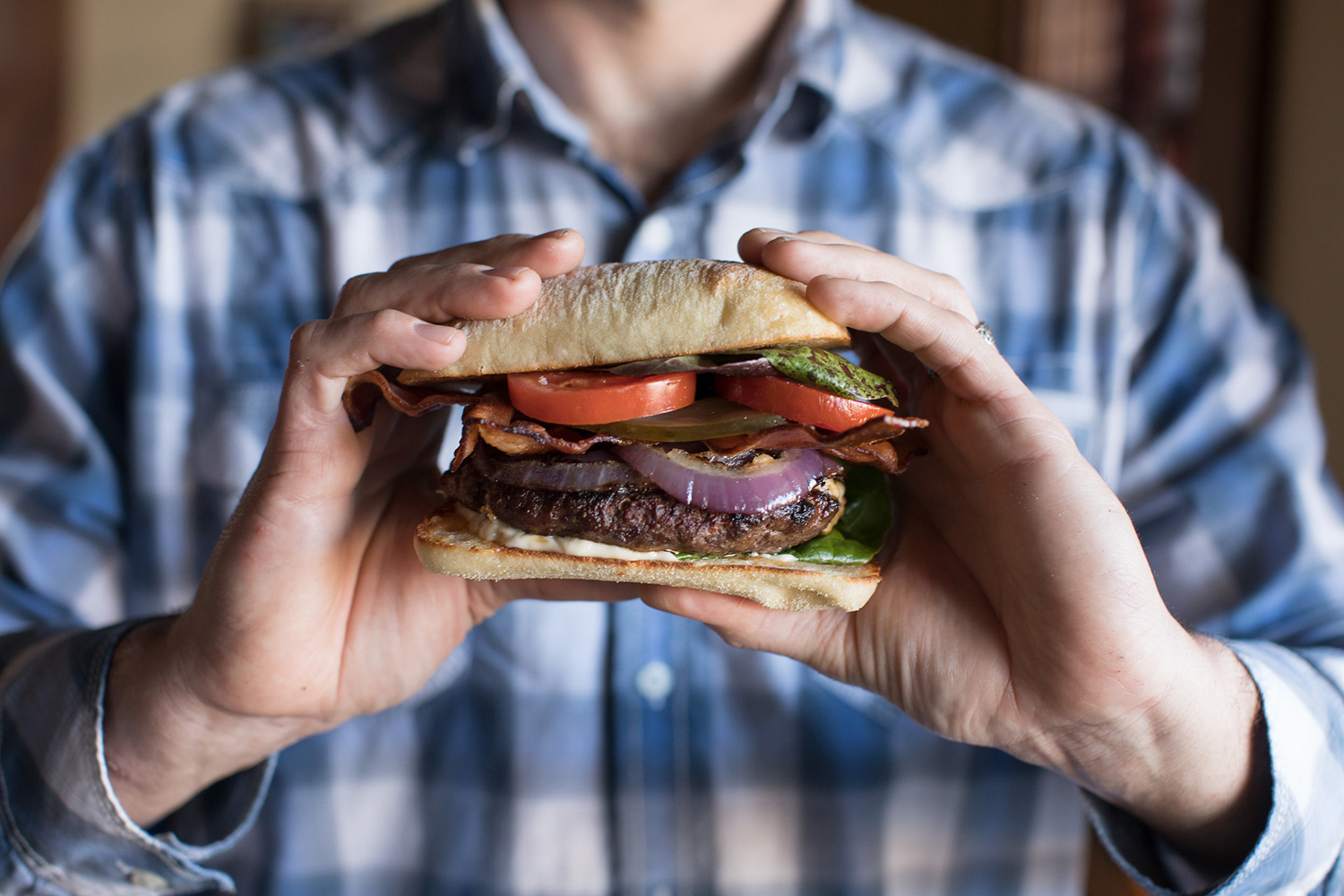
The real truth is in the bar. It’s like a west county version of the breakfast club but all grownups. You could be sitting next to a cattle rancher, surfer, wine maker, fisherman, or a tourist from Germany. You never know. But unless you are a mute you will find interesting conversation. People share tables and become best friends. You can have a delicious Manhattan with some deviled eggs and shoot the shit with a local cheesemaker. Or just stop by for a beer. Whatever you do, if you are driving by, stop. Oh, and by the way, if you want you can also sleep over in the hotel up above. You might see a ghost or just have a super chill time in a room with no tv, where people just talk. Or whatever.

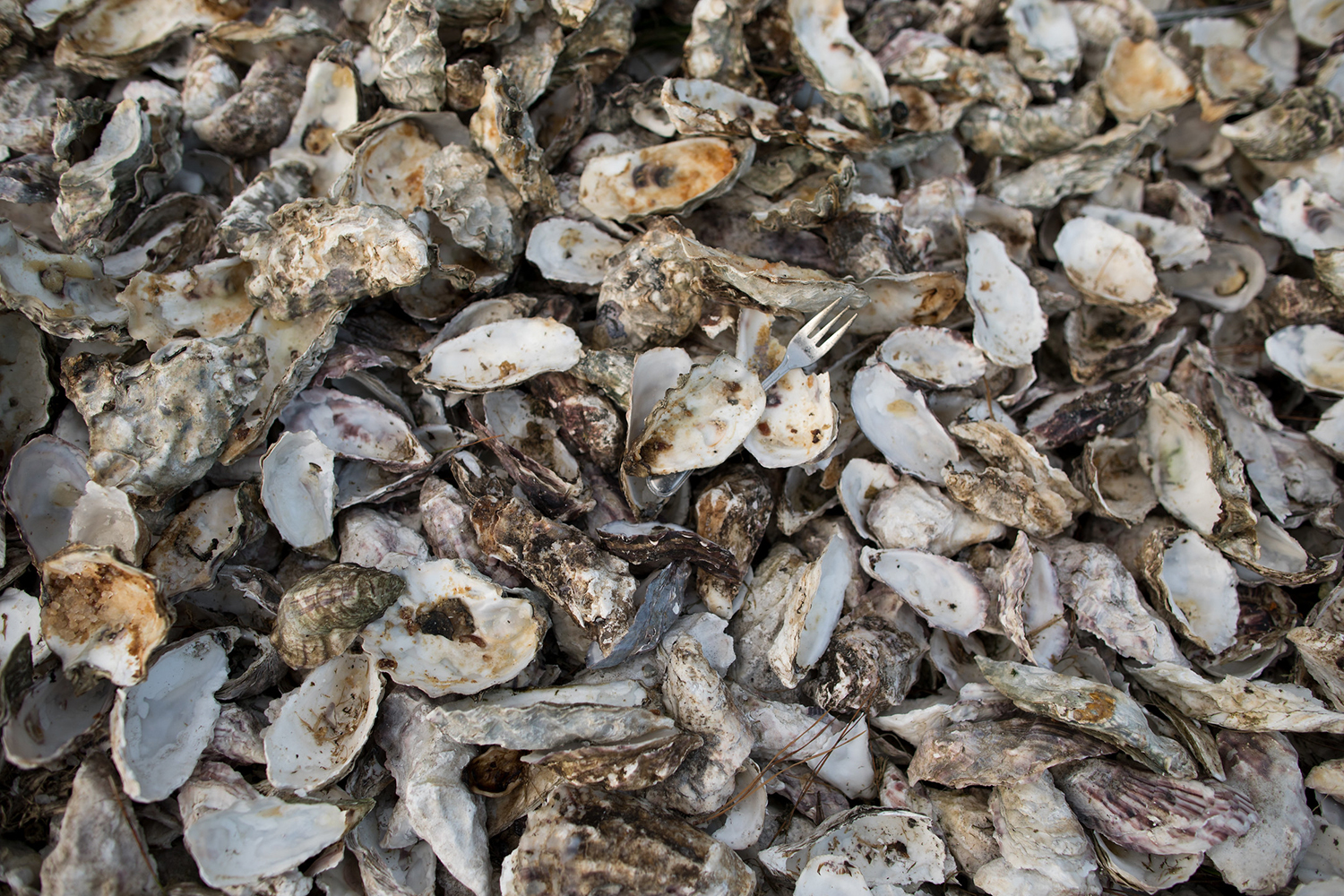
Stillwater Spirits
Visiting Stillwater Spirits on a Friday afternoon feels like walking into a party in progress. Blues music booms from wall-mounted speakers. Local brewers wander in to grab a drink and share their latest beer. The distillery dogs greet people who walk by and wonder what they’re missing. But there’s serious business happening inside those barrels.
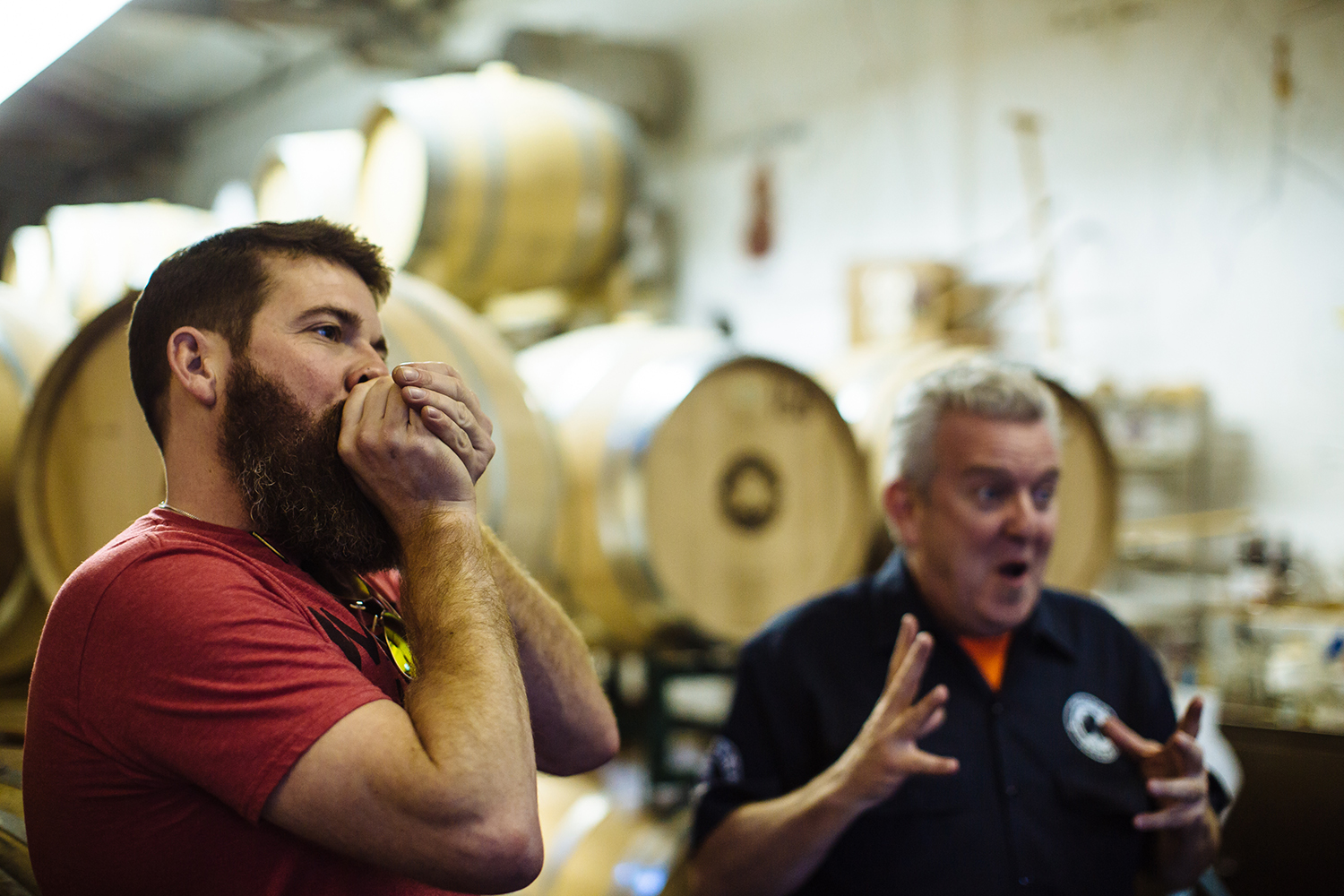
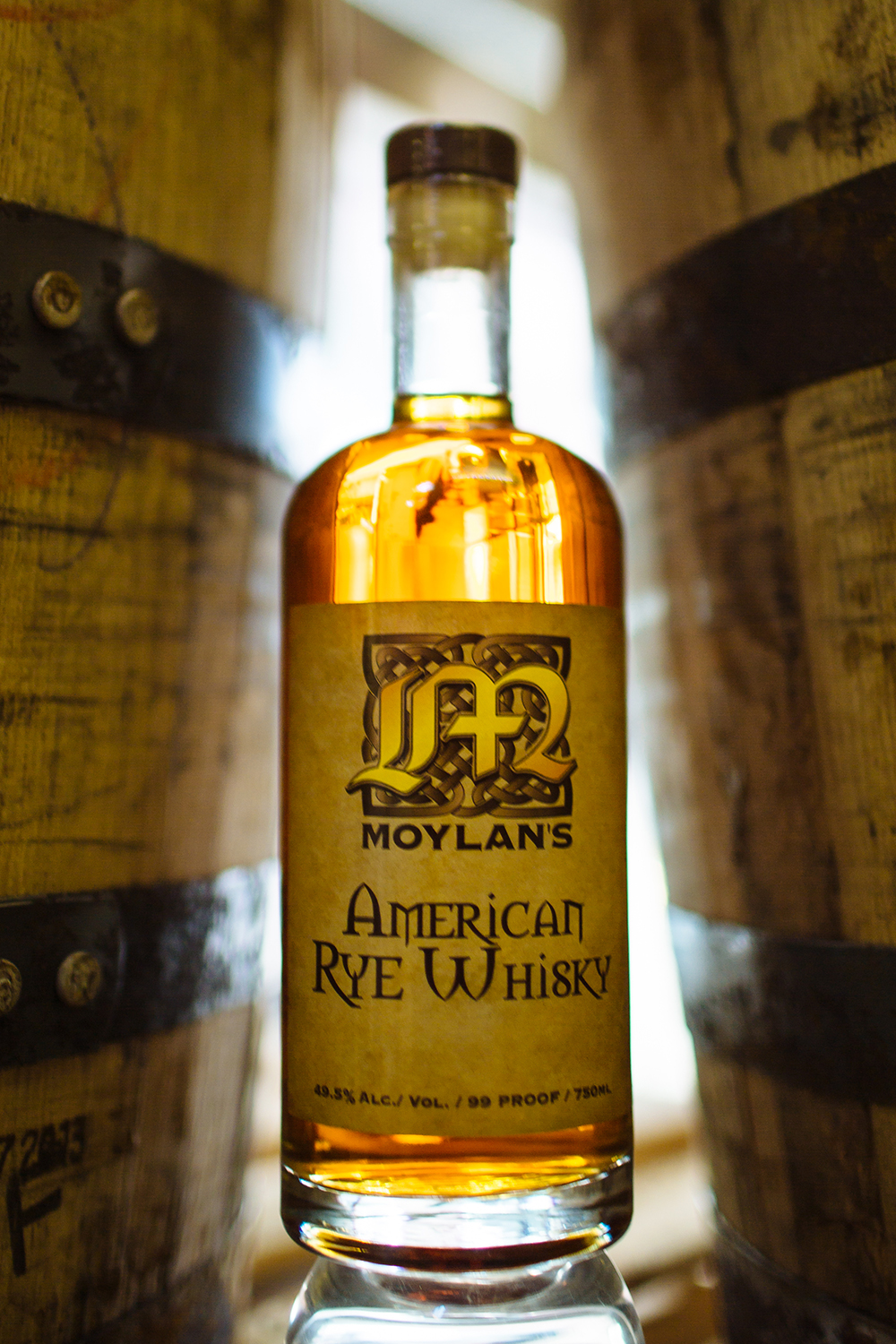
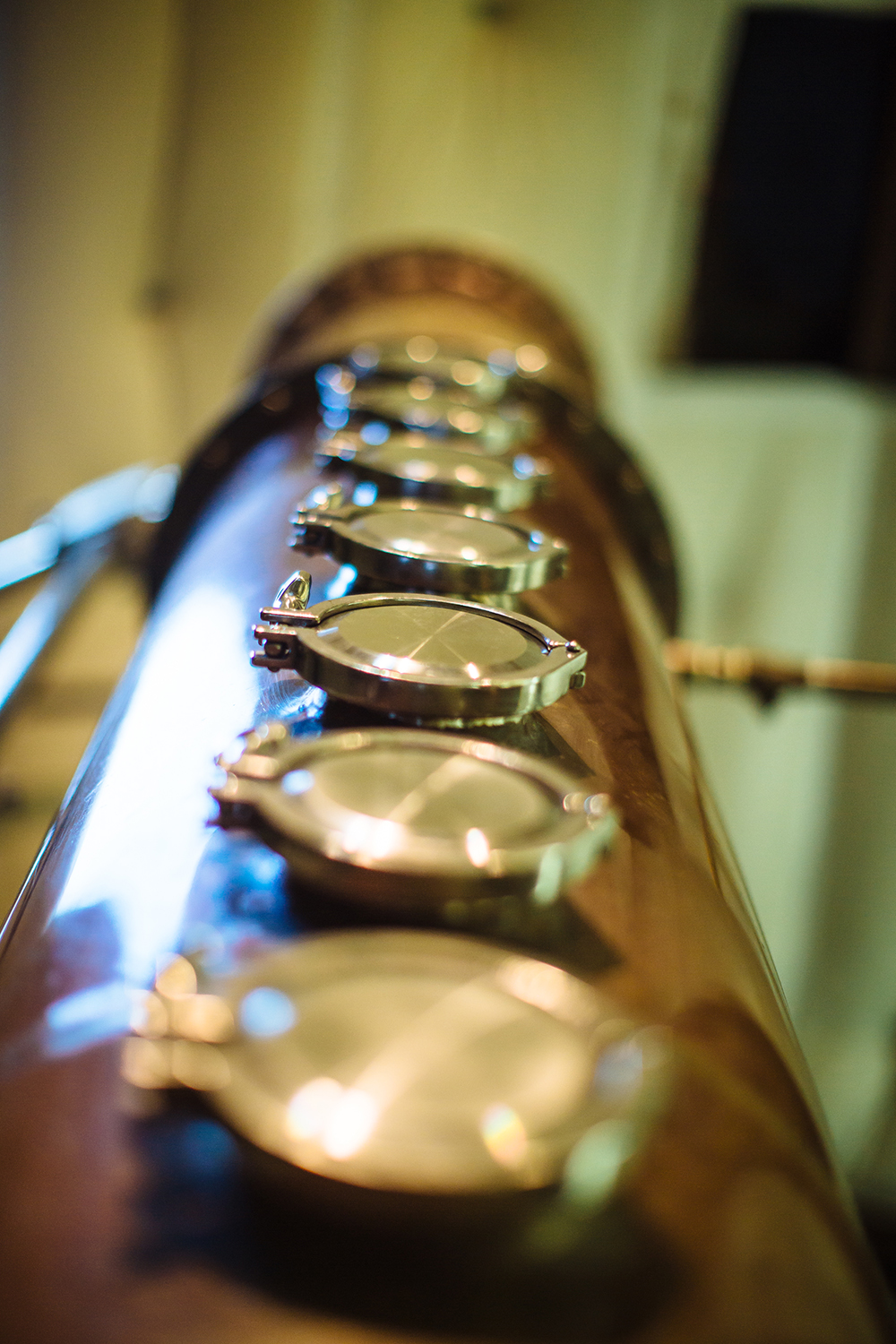
Ever since Brendan Moylan opened Stillwater Spirits at the Petaluma Foundry Wharf in 2004, the awards have been pouring in — including best in show and best in category at this year’s New York World Wine & Spirits Competition for Moylan’s cask-strength single malt whiskey finished in port barrels and a Gold Award from the American Distilling Institute for Moylan’s cask-strength single malt whiskey.


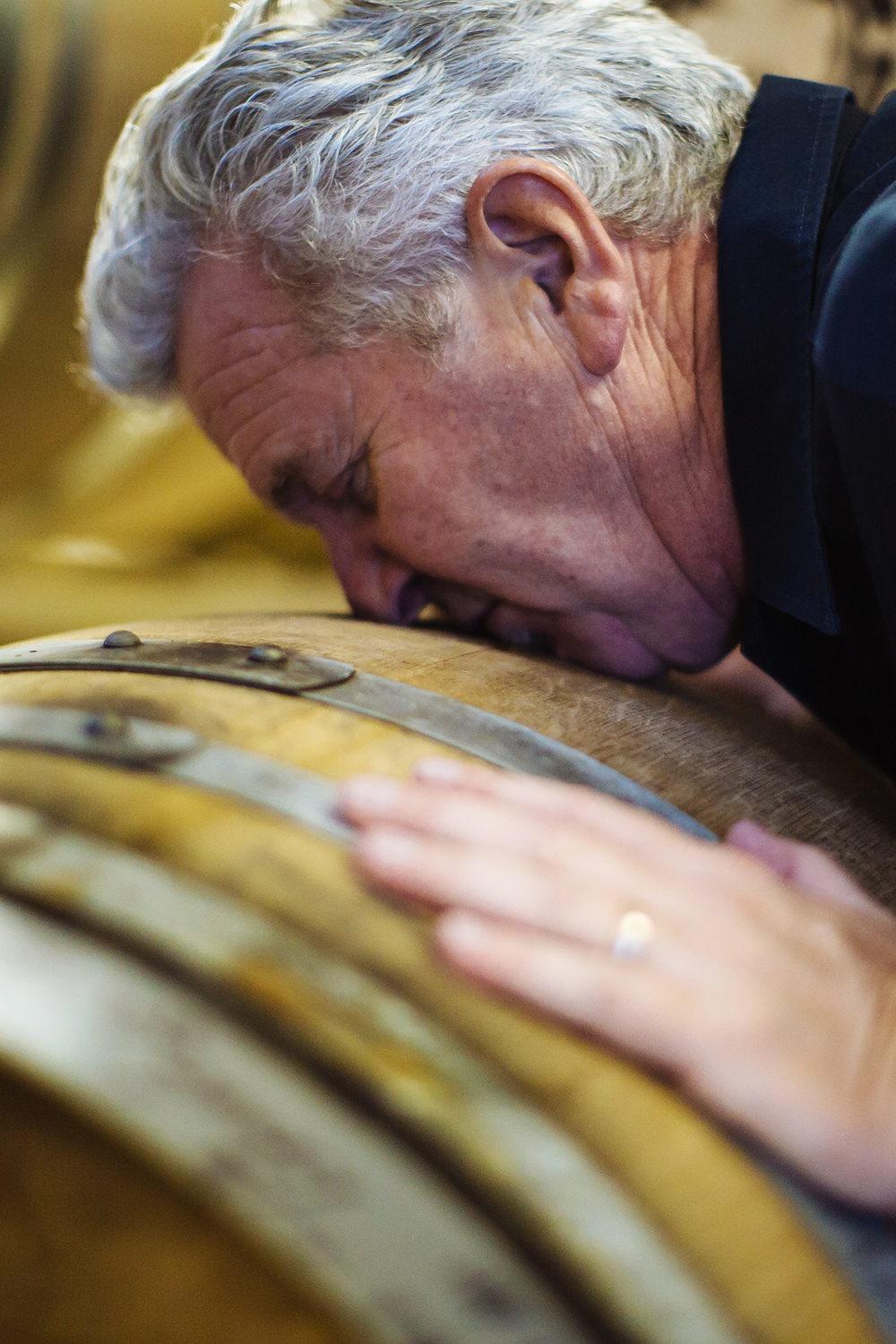
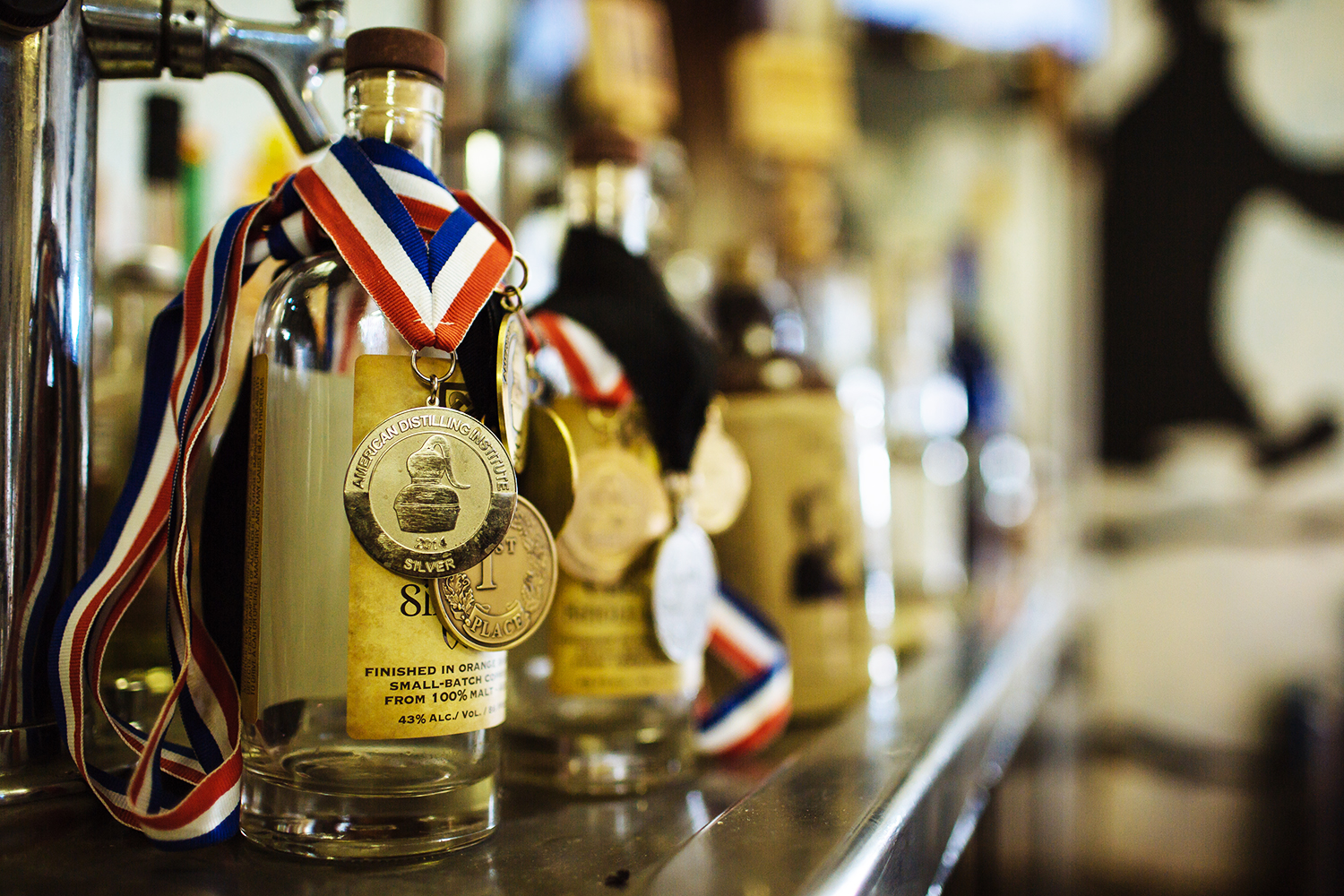
Long before the first barrel rolled in or out of the distillery, Moylan was already a big part of the Bay Area beverage scene. His brewpubs Marin Brewing Company and Moylan’s Brewery & Restaurant have been local favorites for decades.
Distiller Tim Welch is working with Moylan to make a big name for this little distillery, even though they’ll produce only 50 barrels this year. In addition to single malt whiskies, Stillwater also makes bourbon, rye, vodka, gin, liqueurs, grappa, brandy and beer schnapps. Most of this is put out under the Moylan’s name, although about a quarter of production is dedicated to making spirits for other companies, including grappa for next-door neighbor Sonoma Portworks.
Welch is experimenting with mixing a whiskey finished in sherry barrels with their award-winning port finished whiskey. He and Moylan treat the barrels like they’re living beings and not containers of product.
With Ralph Steadman murals covering the walls and a steady stream of blues music playing after hours to keep the barrels company, Stillwater isn’t just a place that makes good booze. It’s also a second home for people who are passionate about spirits.
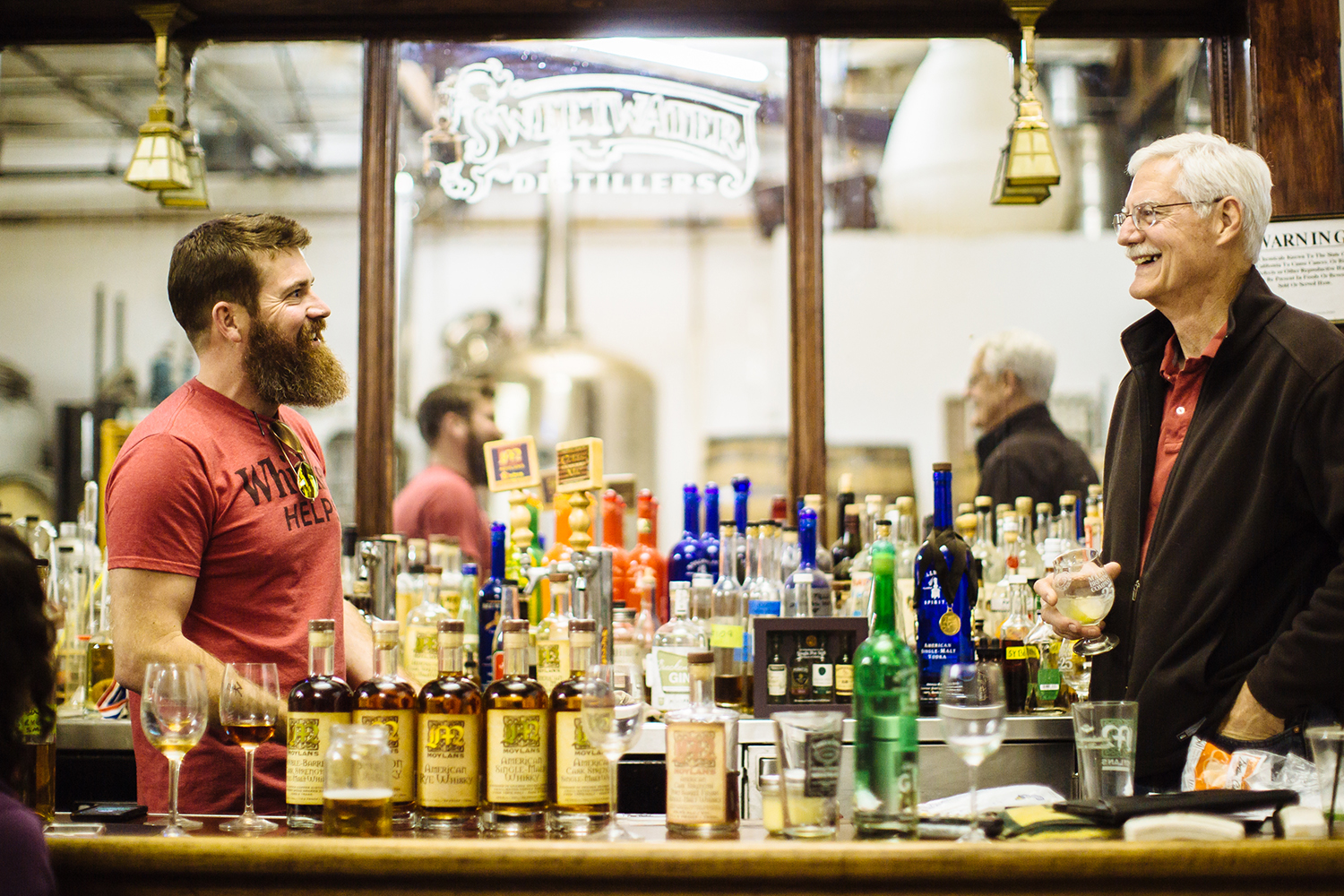
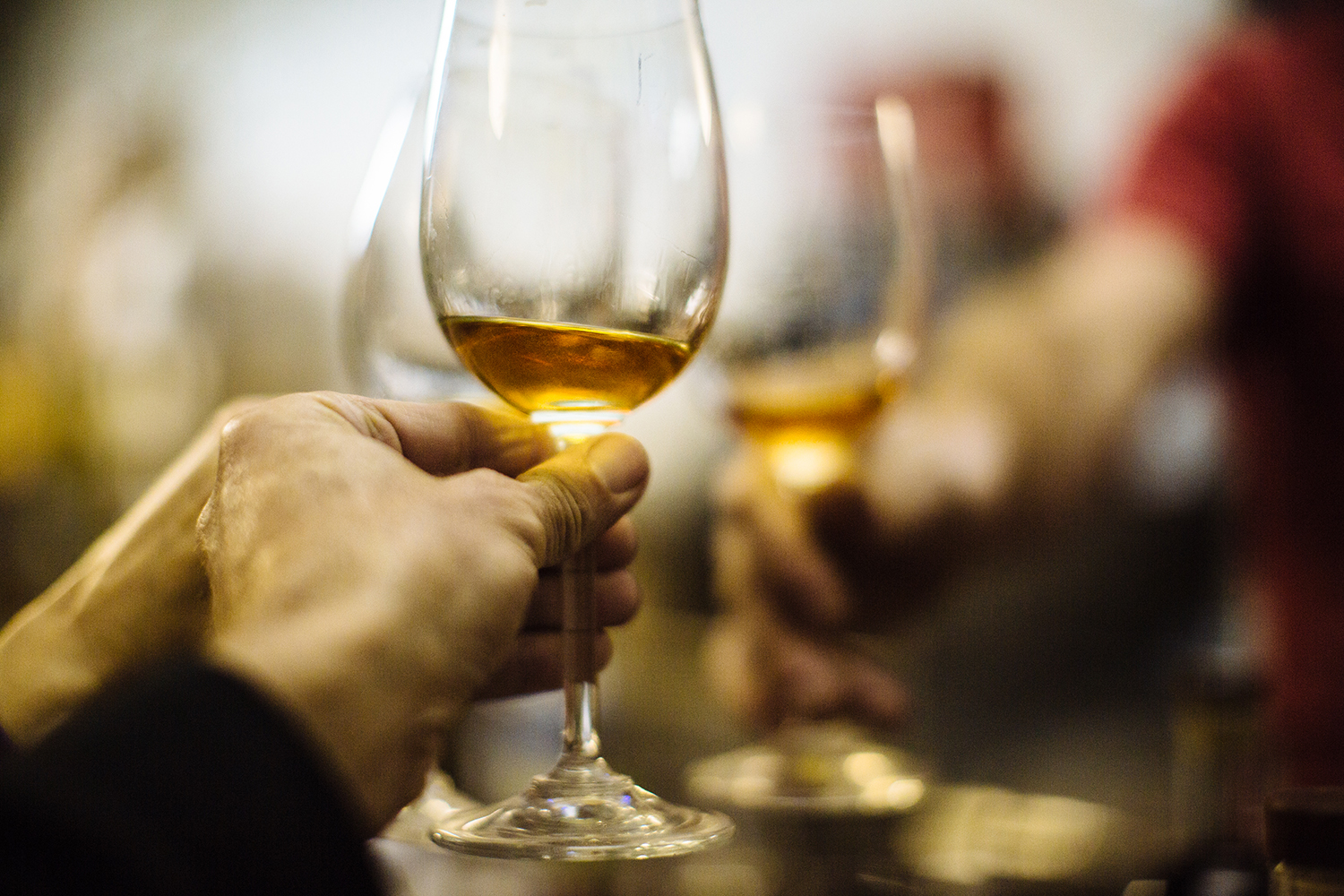
Aldo The Piano Man
When Aldo Garibaldi moved to Petaluma 11 years ago, he quickly traded in his piano hiatus for daily finger exercises needed in order to stay in shape for his new gigs around town.
We caught him in between songs at Petaluma Coffee and Tea on Second Street where he plays 2-3 mornings a week, part of the eclectic cast of characters that create a particularly unique tableau. Aldo shared a bit of his story along with a few ultra special nuggets of wisdom mined from a long life full of experience with music at it’s core.

I consider myself a rebel
and it comes out at the piano."
A classically trained pianist that started music lessons at 10 years old, Aldo has almost always been a working musician. As a teen, he played in a band getting paid a modest $8 a night for gigs. He played in the Catskills, New York and New Jersey piano bars, and his claim to fame, as he says, was playing the Waldorf-Astoria (for free for the Italian Society.)
In another chapter of his life he worked at Gimbel’s Department Store in the piano section. He laughed as he confessed he was the only salesman on the floor that could actually play the piano. When you bought a piano at Gimbel’s, you would receive a package of piano lessons, which Aldo taught, and over the course of a few years, gained a critical mass of students.

He speaks passionately about teaching music.
“I learned so much about life from the people I taught,” Aldo told us, visibly moved by the experience. “I connected to people through music.” and from what we can tell, he still does. It is clear that the lives of his students deeply shaped his own and the music has so often been the connective tissue of his most meaningful human relationships.
He shared a favorite quote of Lily Tomlin’s with us, “We are all together, alone.” which captures a sad existential truth about life along with the beauty of human connection and seems central to his philosophy about life.
Petaluma Coffee and Tea has become a creative safe space for Aldo where he relinquishes all sheet music and plays from the heart.
He played one last piece for us before we said goodbye, a beautiful rendition of Duke Ellington’s jazz standard, Satin Doll. We could tell by how he played that this particular song had been a soundtrack to his life more than once.
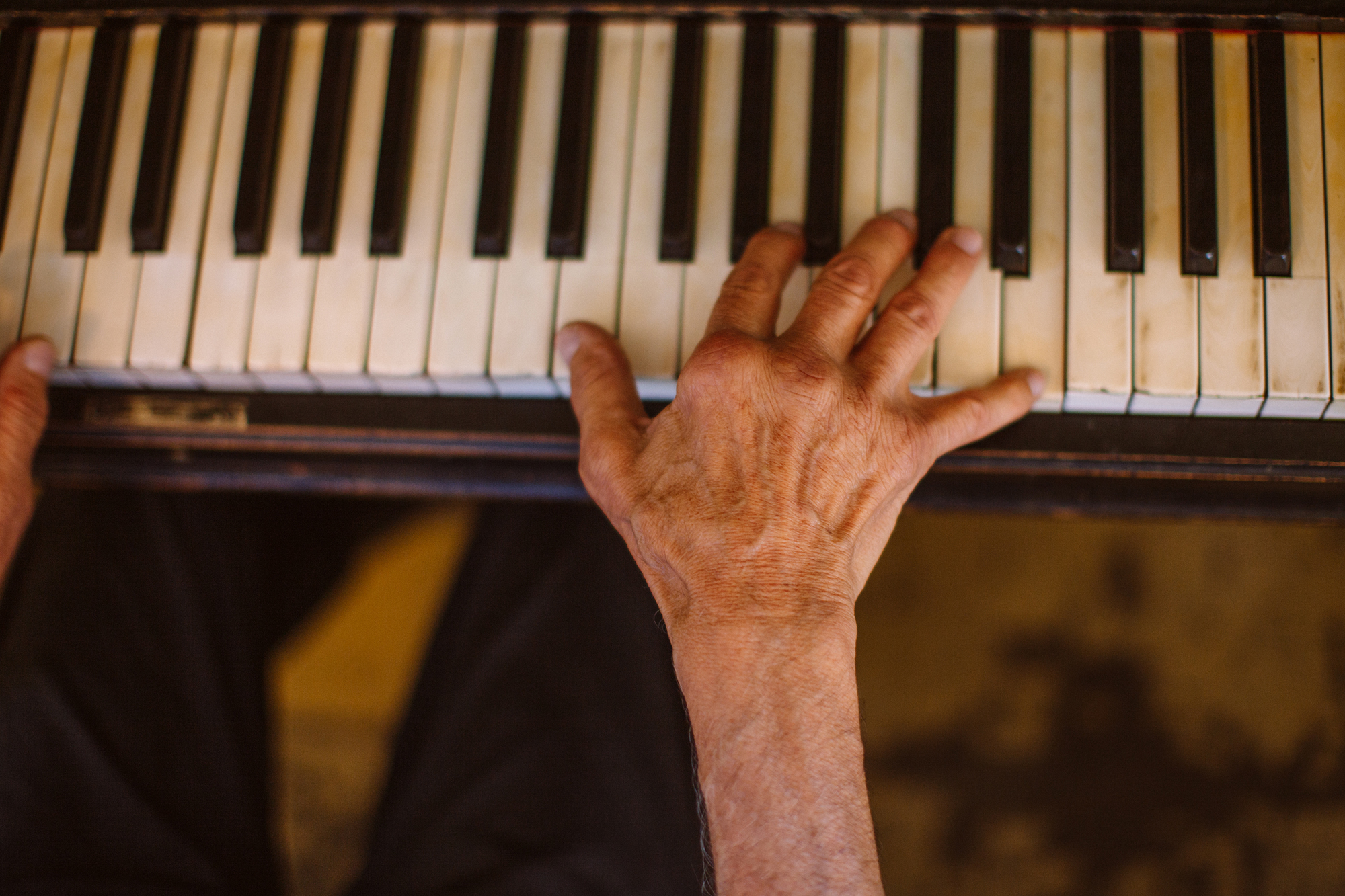
He did, and so did we.
Big Sound
By Brian Berusch
When you think of the quintessential sounds of Sonoma County, a few things may come to mind. Maybe it’s the wind whipping off the craggy coastline into Bodega Bay, as it flutters across the sand and over a dune to rustle the Pacific reed grass. You may envision a blue-jeaned blues band playing on an outdoor stage in Sebastopol, kids and parents twirling in the sunshine during a summer festival. Or it could be the clinking of crystal glasses on the patio of a winery, the smell of rosemary and ripe grape hovering in the air.
Or is it the sound of Hawaiian ukuleles?

Maybe it’s not the first thing that comes to mind, but after reading this—it just might. In a quiet industrial area of North Petaluma, just across the street from Lagunitas Brewing Company, is Kala Brand Music Company. Michael Upton started his small ukulele import company in 2005 somewhere more apropos: On the south shore of Oahu, where the ukulele was born and is often associated with the sounds of paradise. But after establishing the business—and looking at a place to expand the business and launch a shop to conceptualize and construct new, higher-end string instruments, he landed in Petaluma.
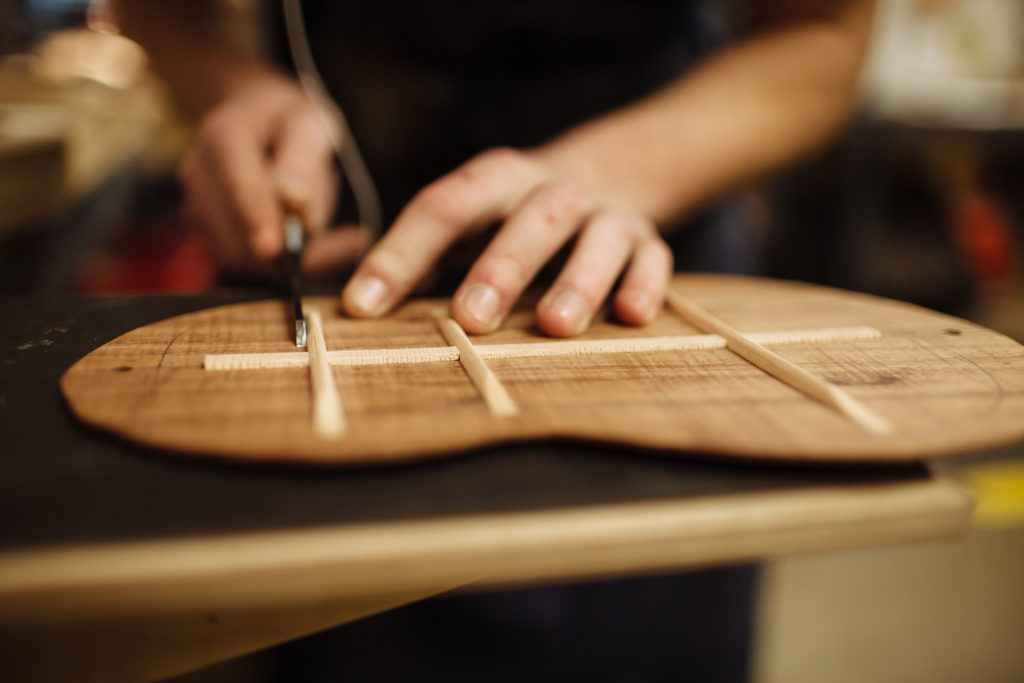
Although originally from the South Bay Area, Upton did what any Sonoma local would: He planted 525 pinot noir vines on a lot in West Petaluma, grabbed some warehouse space, and started to grow his business. He now sells nearly 40,000 instruments per month, with growing client bases in Asia, Europe, Canada, Australia and New Zealand.
Yet what really excites Upton is when he discusses the custom instrument shop he’s carved into his warehouse and office space in Petaluma. What started with just a couple of tinkerers trying to improve upon their existing ukuleles, has turned into a team of expert luthiers making an array of ukulele-inspired instruments, some of which have caught fire with professional musicians.
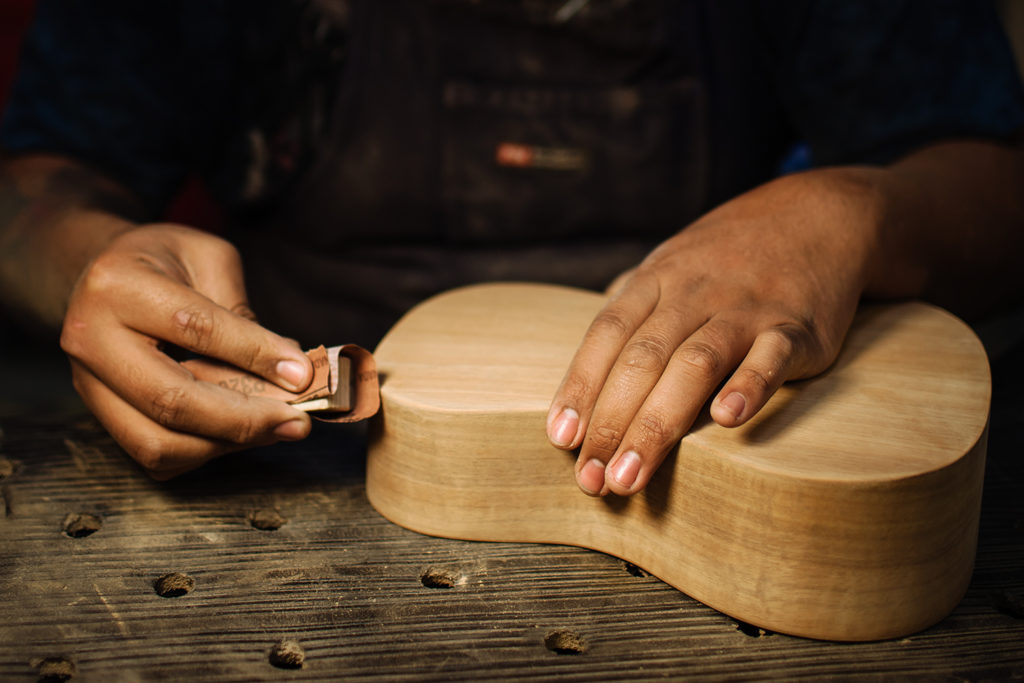
From koa (a rare Hawaiian hardwood) ukuleles to the “U-Bass”—a small bass guitar that utilizes rubber strings to ilicit big sound from a small, portable instrument—guitars and something called “the resonator” (think a dobro meets ukulele), Upton is pushing the envelope here.
“Guys like Jon Anderson from [the band] Yes, Pat Simmons [Doobie Brothers] and Hutch Hutchinson [Bonnie Raitt] have really latched onto our stuff,” says Upton. “They found them, took them onto the road, and everyone who sees and hears it seems to want one. It’s be great for us.” Upton adds that players who tour with Eric Clapton, Peter Gabriel and Paul McCartney all bring Kala instruments on the road.
One big supporter is Bakitha Kumalo, who tours with Paul Simon regularly, and plays mostly on a Kala U-bass.
“I played a Washburn fretless bass on the Graceland album and I loved the sound, so I was looking for something like it. I was experimenting a lot, looking for an original sound. Everyone mimics each other these days, but I wanted a unique sound,” Kumalo says. “When I first saw it, I thought ‘It’s small, maybe I’ll give it to my kids.’ But the tone and comfort is so amazing. It leads you into the instrument. It envelops you—and I just fell in love with it.”
In addition to experimenting with various woods (which produce different tonalities while playing), Upton is constantly looking to tweak existing instruments in order to come up with something new.
He also is a big proponent of education kids through music; Kala and Upton have donated thousands of ukuleles to elementary through high schools to help boost the music programming so integral for the youth.
“Selfishly, we’re sort of building in a customer base,” Upton admits. “But anywhere we can help bolster creative school programs, we’re eager to provide.
Check out KalaBrand.com for more information.

Master Bike Crafter
If you want to get on Bruce Gordon’s bad side, ask him why his bikes cost what they do. That is how to get off on the wrong foot with this purist bike maker who has been crafting his custom made bicycles in Petaluma for almost 30 years. And you don’t want to be on his bad side because then you would be robbed of the opportunity to visit his shop and upstairs gallery of work that is like a mini Bruce Gordon museum of bicycle beauty. Bruce bristles at the word “art” when used to describe his bikes, and much prefers “craft.” But whatever the term, they are nothing short of beautiful and well worth a visit.
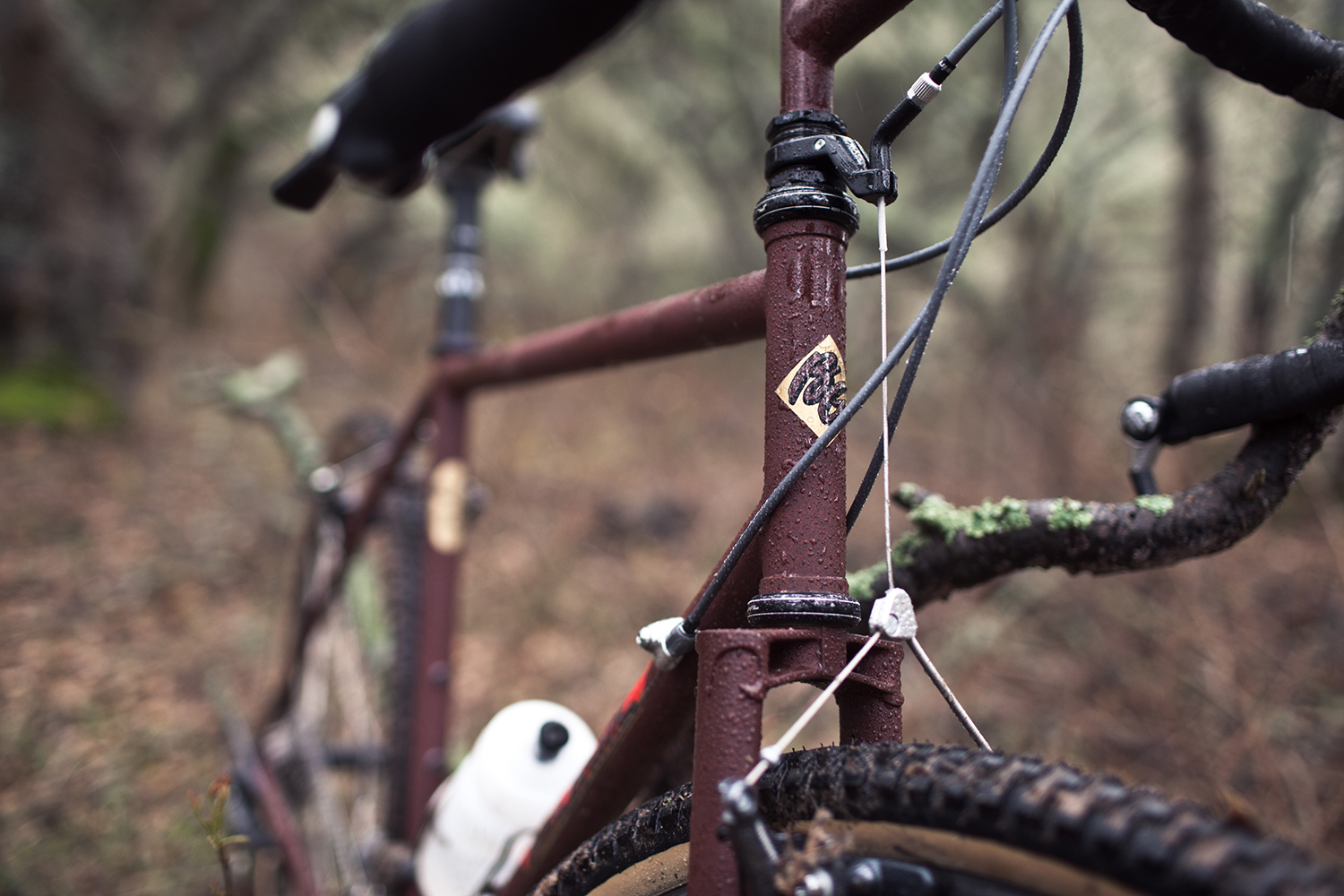
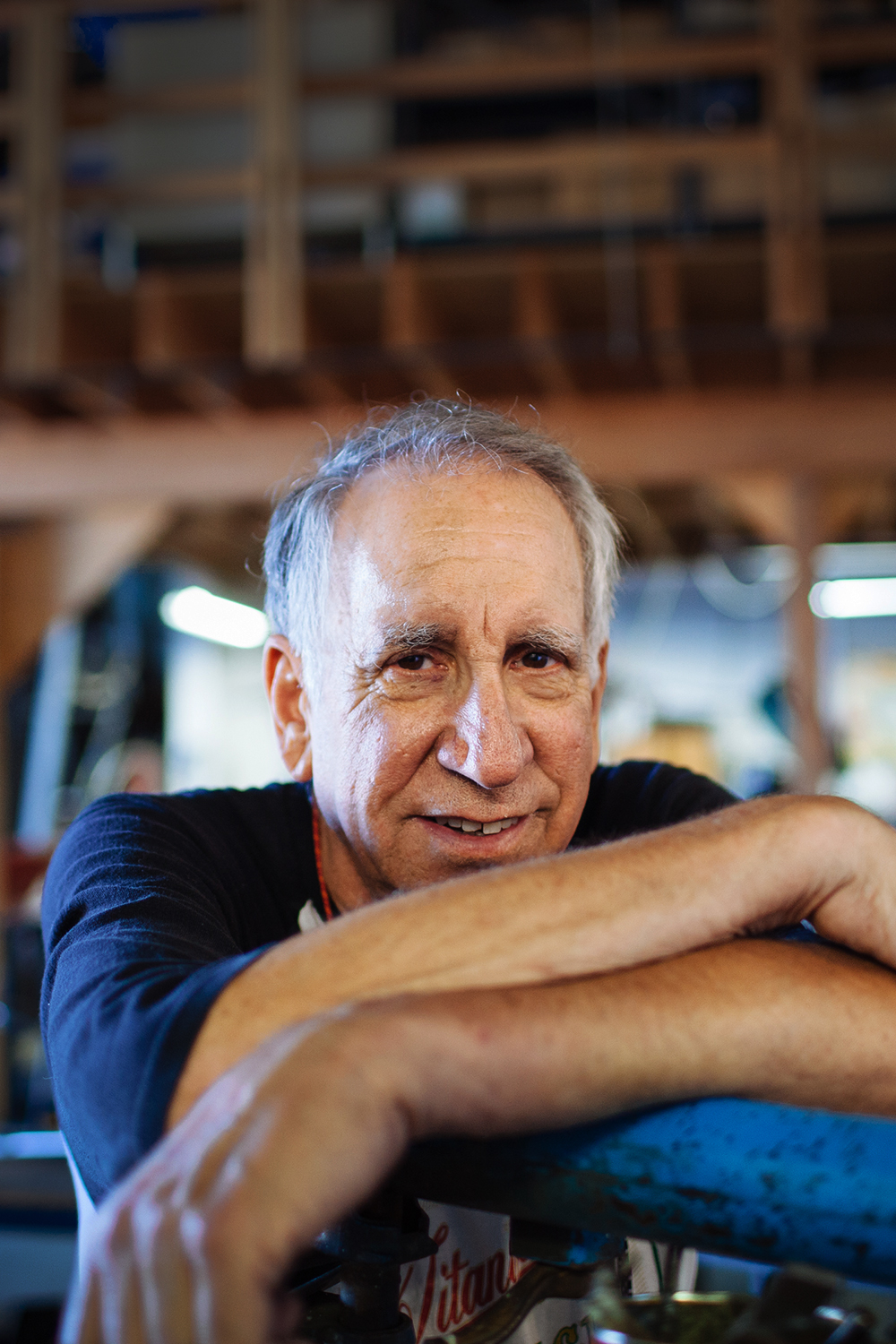
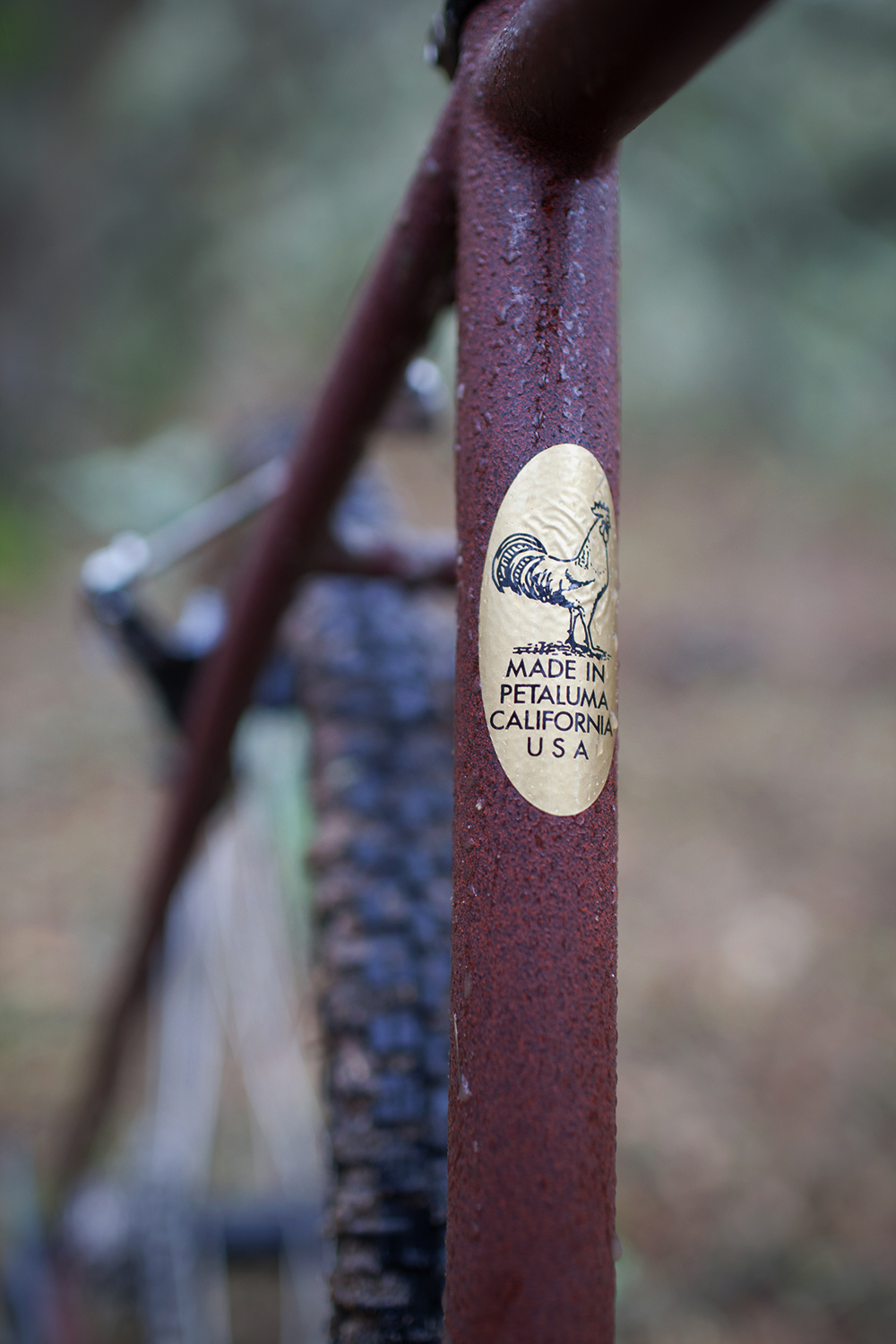
Bruce is a craftsman of the purest sort, sourcing his materials very carefully from the USA as much as is possible in the bike part world. The letters COO (which stand for Country of Origin) are very important to him, from making his bikes to buying blueberries in the market. It’s less about “buying American” than it is about ethical sourcing and cool hard quality. He believes strongly in quality, and anything less would be an insult to his craft.



He makes 8 sizes of his bikes, or he will make you a custom one. He sources his materials in the USA, chosen carefully for quality, not price, and puts it all together – welding, brazing, fabricating and painting – at his shop in West Petaluma.
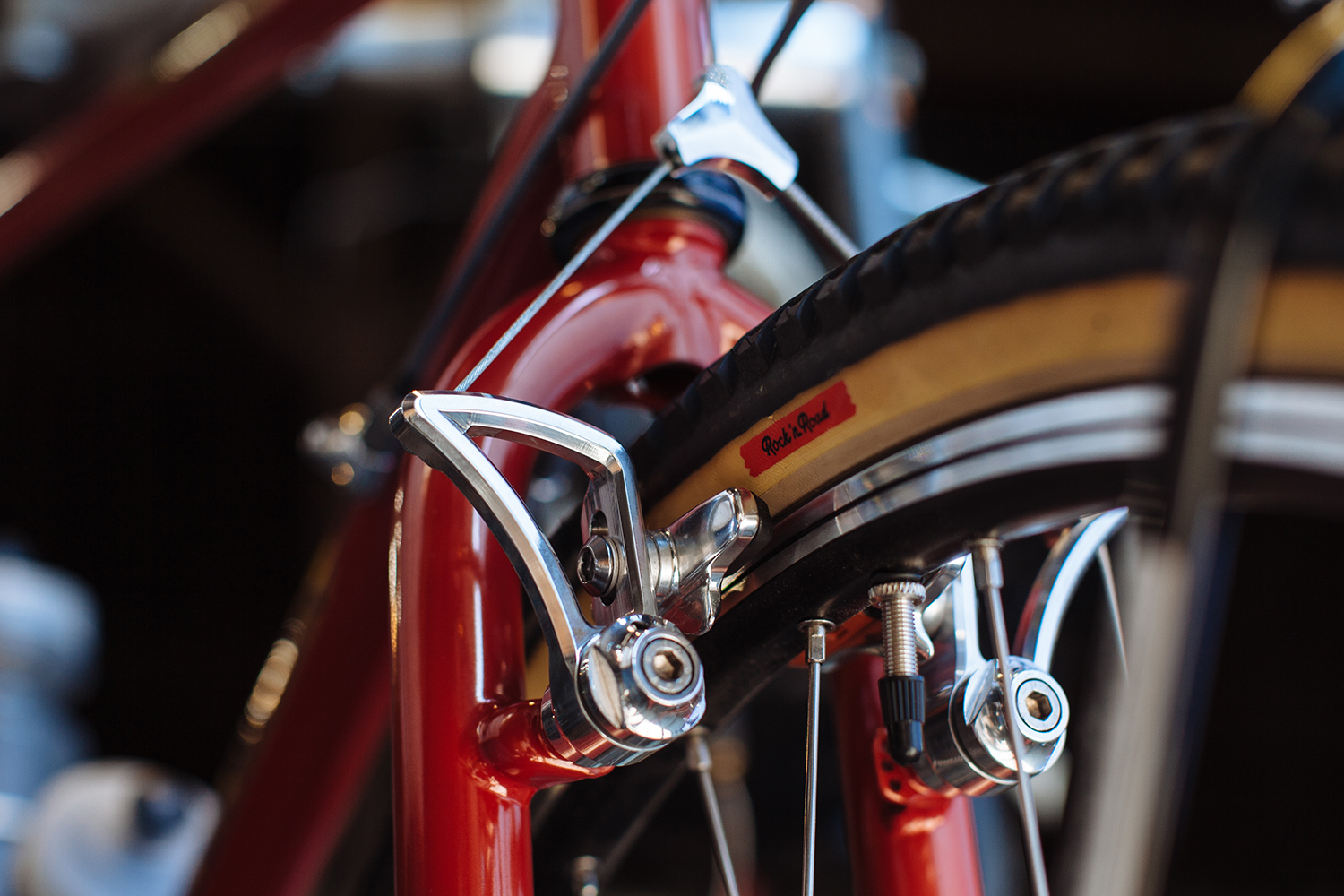

My favorite piece of machinery in his shop is a horizontal milling machine salvaged from a WW II era ship and looks like something out of Fritz Lang’s Metropolis. He has a newer one but it is broken and prohibitively expensive to fix. The older, more manual machine suits his needs just fine and serves to create lovely cuts of metal that adorn his bikes.
Bruce holds onto the original drawings of every bike he ever made. They are archived at his shop. So if you purchase a bike from a previous owner and want to know about its genesis, Bruce will look it up for you for a fee.
As a result of Bruce’s sourcing practices and in-house craftsmanship, a Bruce Gordon bike is the most American-made bike one can get (nota bene: there are no American manufacturers of tubing), and so it’s pretty cool this is happening in Sonoma County.
Bruce has plans for his shop and these include expanding his retail showroom and starting a new bike repair business. The full service repair shop is now open for business, and in Petaluma he is one of only two such operations for those seeking bicycle repair and refurbishing. Services include tune ups, customs wheel builds, suspension services and overhauls and complete refurbishing. Mirroring the passion for quality and service that Bruce infuses with every bike he creates, the Repair Shop, run by experienced biker Tim Nicholls, treats every customer with the same level of attention to detail and workmanship.
With this expansion into more retail and full service repair, Bruce hopes for Bruce Gordon Bicycles to be a destination stop for bike enthusiasts – a place to come and talk bike shop, and maybe get a chance to talk bike shop with one of the bike world’s iconic craftsman.
Visit him here at www.bgcycles.com, or better yet go visit him in person.
Making Pot Mainstream
It is called the “Apple Store of weed,” and for good reason. SPARC is one of San Francisco’s premier cannabis boutiques, and I’m there conducting field research. I have a deep curiosity about the consumer attitudes and behaviors shaping this soon-to-be $11 billion industry, as effectively harnessing them can mean the difference between success and failure for many new pot-based startups—and wellness for millions of prescription drug users.
Properly utilized, cannabis serves a higher purpose in our society, potentially improving millions of lives.
First and foremost, let me come out and say that I am a cannabis “patient,” as we are called. I have been using cannabis to control chronic pain for almost 15 years. I’ve spent time talking to medical professionals, touring cutting-edge R&D labs and grow facilities, testing products from tinctures to flowers and various edibles, and learning directly from experts about the latest cellular research and neurobiological approaches to helping control ailments including migraines, cancer, anxiety, Alzheimer’s, and post-traumatic stress.
Take the pain relief category, for instance. Did you know that Americans now consume more than 84% of the entire worldwide supply of oxycodone and almost 100% of hydrocodone opioids? Some 1.9 million U.S. citizens are medically classified as “addicted” to prescription pain relievers, while 47,055 died from lethal prescription drug overdoses in 2014 alone.
On the other hand, states with medical cannabis laws had a 24.8% lower mean annual opioid overdose mortality rate compared with states without medical cannabis laws. That’s almost 12,000 so-called potheads like me who didn’t die last year because their states allowed them to seek a safer alternative.
My personal experience with cannabis and the industry behind it has transformed me from a patient into a full-fledged advocate. In my view, cannabis is much more than a stoner’s pastime or a vice replacement for tobacco and alcohol (though it’s definitely those things, too). It is also a cause worth fighting for. Properly utilized, it serves a higher purpose in our society, potentially saving and improving millions of lives. And yet, as much as people love to bet on “green rush” hype, serious obstacles stand in the way of mainstream acceptance and adoption.
For one thing, the “gateway drug” stigma still exists, even though the latest scientific research proves that such a perception is wrong. Then there’s the anti-bud lobby, which is generously funded by pharmaceutical companies that sell opiates. Finally, there’s a lot of federal red tape tying up cannabis research and making legalization harder for states to achieve.
Indeed, the cannabis movement is fighting an incredibly high-stakes battle. So it’s up to the cannabis industry—growers, researchers, product developers, budtenders, store owners, campaigners, and patients like me—to break through resistance with a message that more people can personally relate to and rally behind.
It’s up to the cannabis industry to break through resistance with a message that more people can personally relate to and rally behind.
As a communications professional, I know that the success of any social issue campaign requires an intimate understanding of the target audience. So I can’t help but wonder: Who are the cannabis users that will tip the scales toward mainstream adoption and legalization? What prevailing attitudes drive their current decisions and loyalties? How passionately do they feel about cannabis as a cause, and how can we best activate them en masse?
These are the questions I need answers to. Hence, my field research.
The patient experience at SPARC is impressive. The space is occupied by elegant cases, warm lighting, and communal tables. They serve tea; they provide Storz & Bickel vaporizers. The environment feels clean, cozy, yet medically oriented. As I sat there inhaling the pungent atmosphere, I observed the steady flow of patients walking in and out, noting that the vast majority weren’t the stoner twentysomethings or the degenerates that GOP leaders portray in speeches, but working professionals over the age of 35. Several were in their sixties. Almost half were female; the majority shopped alone.
The tremendously knowledgeable and attentive budtenders had serious influence over what brands and products people bought, much more so than in the average pharmacy, coffeehouse, or neighborhood bar. And unlike with alcohol or prescription drugs, cannabis patients seem to want to experiment with a range of different treatment options, finding the combination that works best for them. Therefore, patients took their time and asked a lot of questions. Each transaction lasted approximately eight minutes, and in those eight minutes, patients were curious to learn and open to suggestions. Patients spent liberally, often walking out with a month’s supply.
It’s not a scientific study, but my field observations, backstage tours, and expert interviews lead me to the conclusion that much of the cannabis industry—in particular, the organizations and brands hoping to inspire mainstream support—need to take a different approach to building and promoting their cause. Much has been written about how cannabis is now a lifestyle, not just a substance, and should be marketed as such. In light of how important I believe cannabis is to public wellness and well-being, I’d take that ethos several steps further.
Here, in my view, are the keys to cutting past the stigma, countering the anti-legalization lobby, and making cannabis mainstream:
1: HARNESS THE POWER OF WOMEN
If you look more broadly at the consumer market, you will notice that women wield outsized influence. They are the world’s most powerful consumers, driving 70% to 80% of all purchasing decisions. Women also consume the vast majority of opiates sold today. They comprise the majority of the nation’s prescription drug addicts and are at a significantly greater danger for accidental overdose. Despite these facts, most cannabis brands skew masculine. Their packaging, brand names, and delivery mechanisms cater to the interests, preferences, and consumption patterns of white male users—”connoisseurs,” I’ve heard them called. Advocacy groups often make the same mistake, marketing primarily to male doctors. Knowing how to better reach and resonate with a female audience is integral to winning this war. Women need cannabis more than any other group. They are the industry’s tipping point.
3: EDUCATE PEOPLE ABOUT WHY CANNABIS MATTERS
Why does the world need cannabis now more than ever? A shocking number of cannabis brands and organizations leave this story out of the communications equation, even though it is by far the most compelling reason why people should buy products and support the cause. It is a natural antioxidant, anti-inflammatory, and neuroprotective agent, which is why it helps treat such a wide range of ailments. More people need to know the facts, and thankfully some brands are helping to lead the charge in that arena. Alta California Botanicals and Care by Design both do an exceptional job of educating consumers about the medical uses and healing properties of cannabis. So if you’re in this space to make a difference, take a cue from these two companies and share your research and knowledge with the world.
4: INSPIRE PEOPLE TO TAKE ACTION
Cannabis isn’t just an industry, it’s also a crusade, which is why using provocative content and storytelling is a mission-critical move. I am reminded of the filmmaker and environmental activist Shaun MacGillivray, who released a documentary he shot in the Arctic in 2012 featuring a mother polar bear and her two cubs. Rather than regurgitating depressing facts and figures about climate change the way so many activist groups do, MacGillivray moved the audience to action. Over 25 million people saw MacGillivray’s film, including policy makers and world leaders. While you don’t have to produce a feature-length film or spend millions to make an impression, you do have to take a creative approach to connecting with people on an emotional level. Make them feel how important this issue is—not just to them, but to all humanity.
It is striking to consider how cannabis might be the next same sex marriage. Just look at how quickly it has evolved from an interesting topic of cocktail party conversation into the fastest-growing industry in America. Note how, all of a sudden, 58% of Americans support legalization, and how deftly the issue is leveraged in the 2016 presidential race. At this point, it is difficult to imagine that any serious business or political leader hasn’t considered the implications, or at least spent time getting high on the possibilities.
Capturing Local Flavor
Griffo Distillery
Distilling the essence of Sonoma County
Mike and Jenny Griffo, founders of Griffo Distillery, are crafting spirits in Petaluma that are impossible to make any other place. That’s because one of the key ingredients doesn’t come from a supply company or farm — it floats into the distillery with the breeze.



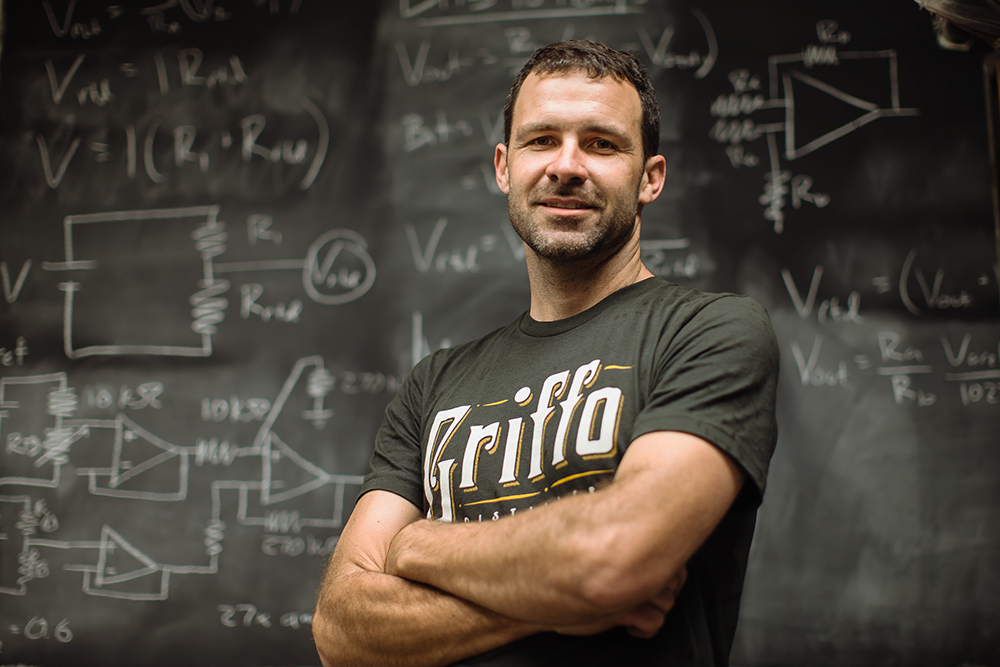
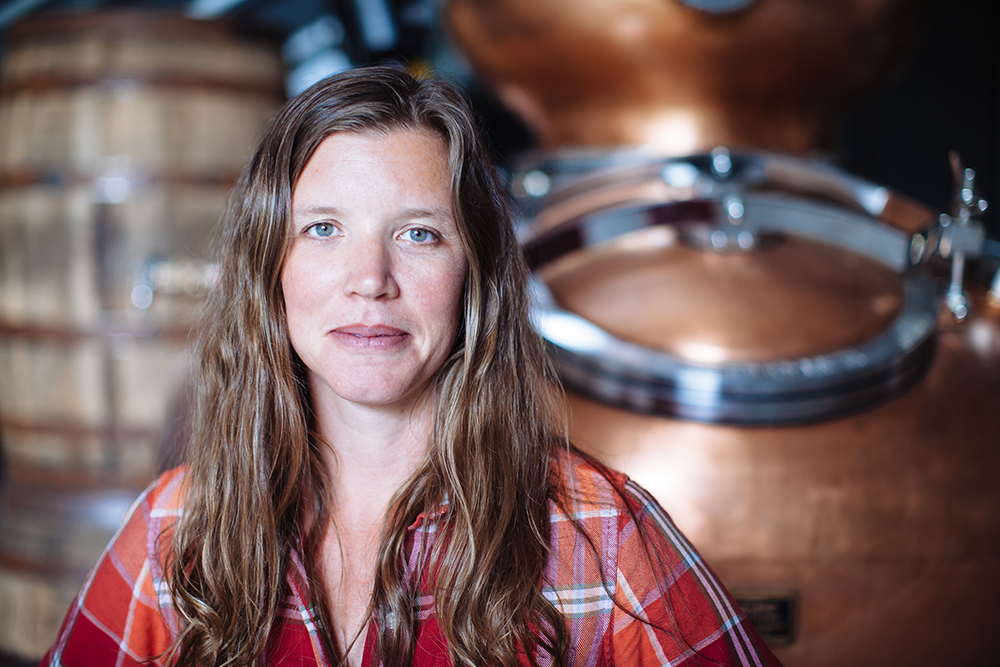
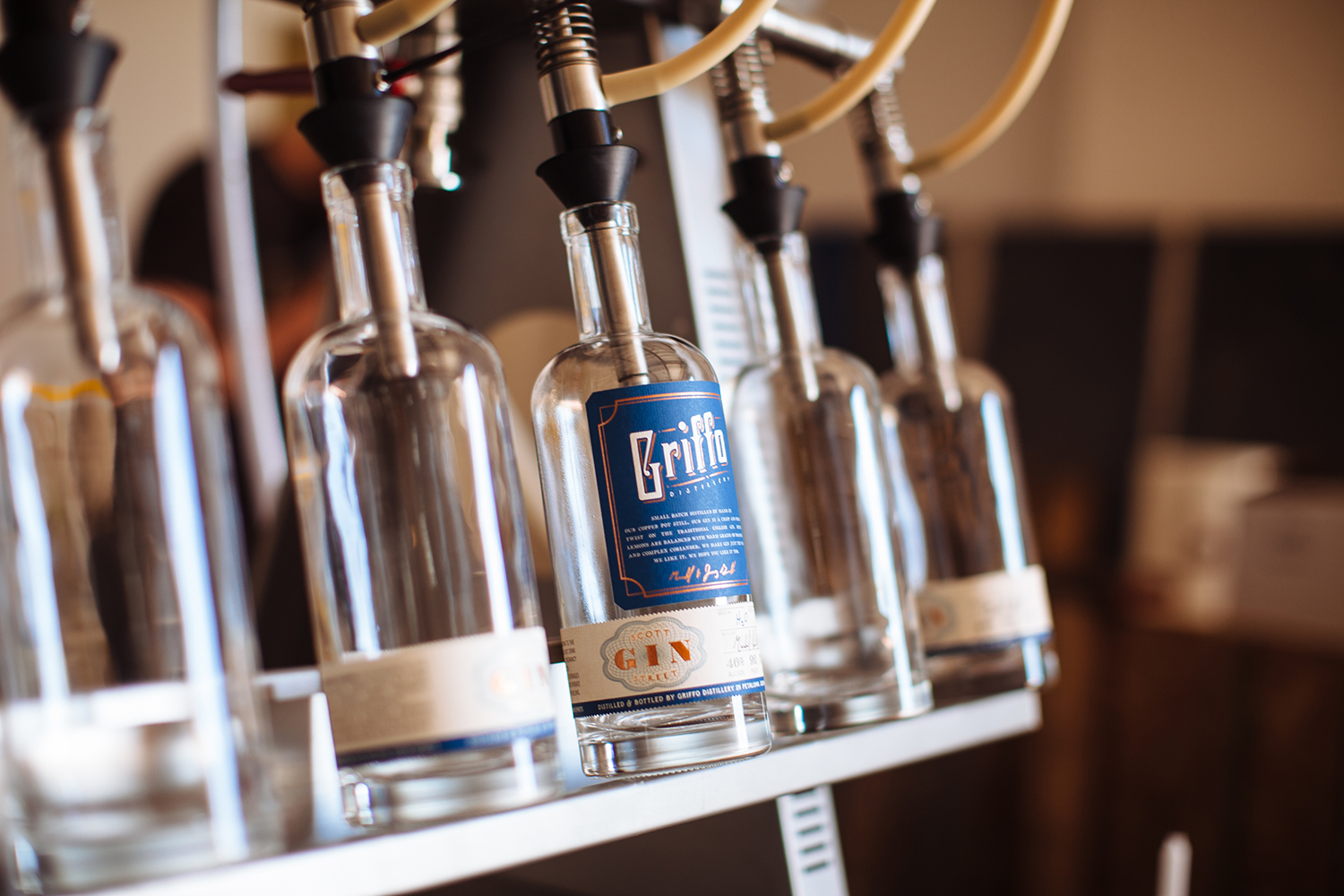
Yeast is a key ingredient in any batch of whiskey. These little single-celled organisms feed on the sugars in the grain mash to make alcohol. Most distilleries use yeast they purchased or developed in a lab.
By using what’s called open fermentation, Griffo is capturing the area’s essence as part of their spirit-making process. Yeast-producing neighbors include Lagunitas Brewing Company, Petaluma Hills Brewing, Alvarado Street Bakery and Della Fattoria.
Local ingredients play a big part in connecting Griffo to the area, but relationships in the community have cemented the distillery’s commitment to Sonoma County. Griffo meets regularly with other distilleries, breweries and wineries in the area. Neighboring breweries bring over beer that’s gone wrong and team up with Griffo to try distilling it as an experiment. When the Griffos finished making their gin, other craft beverage producers volunteered to help with the first bottling.
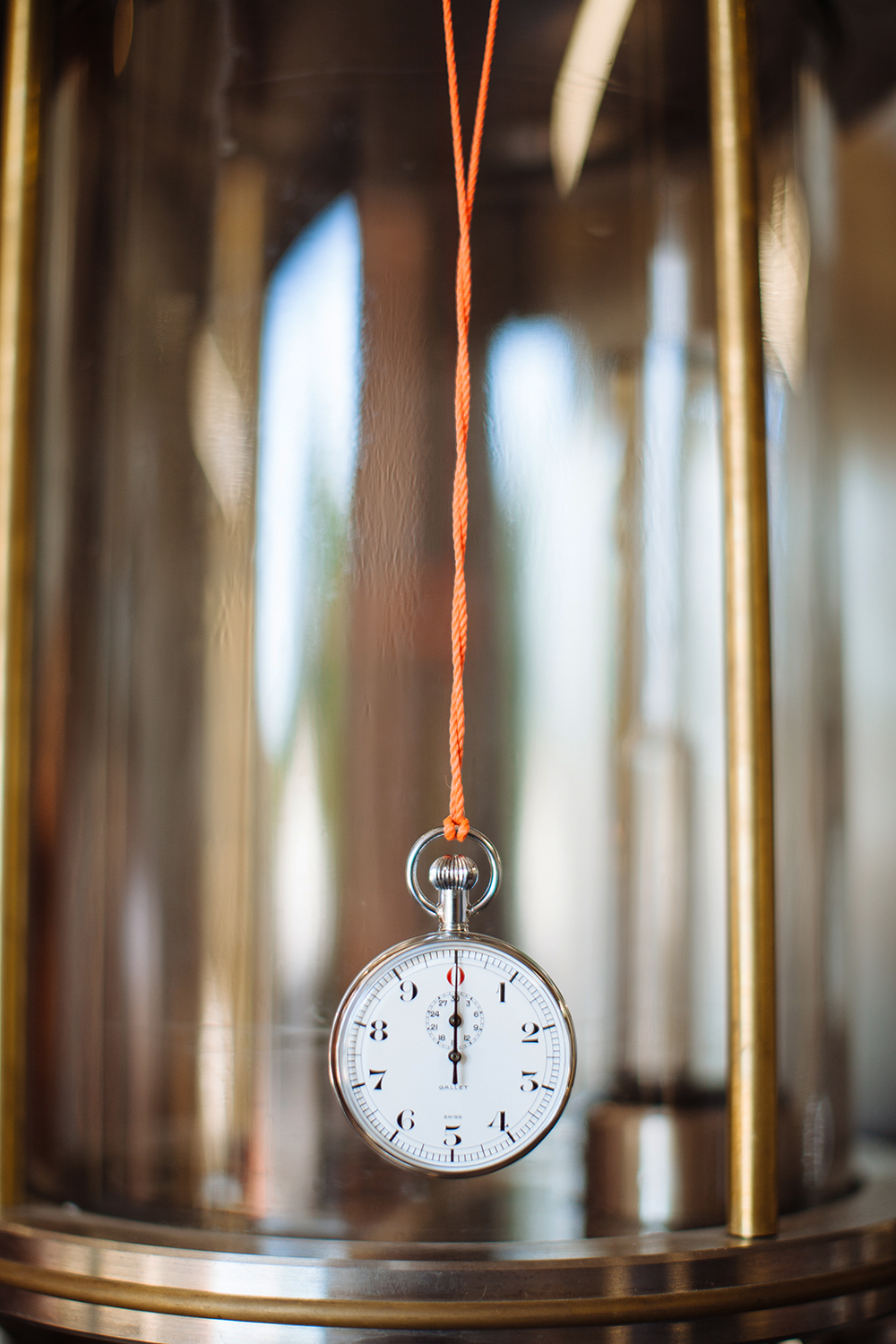
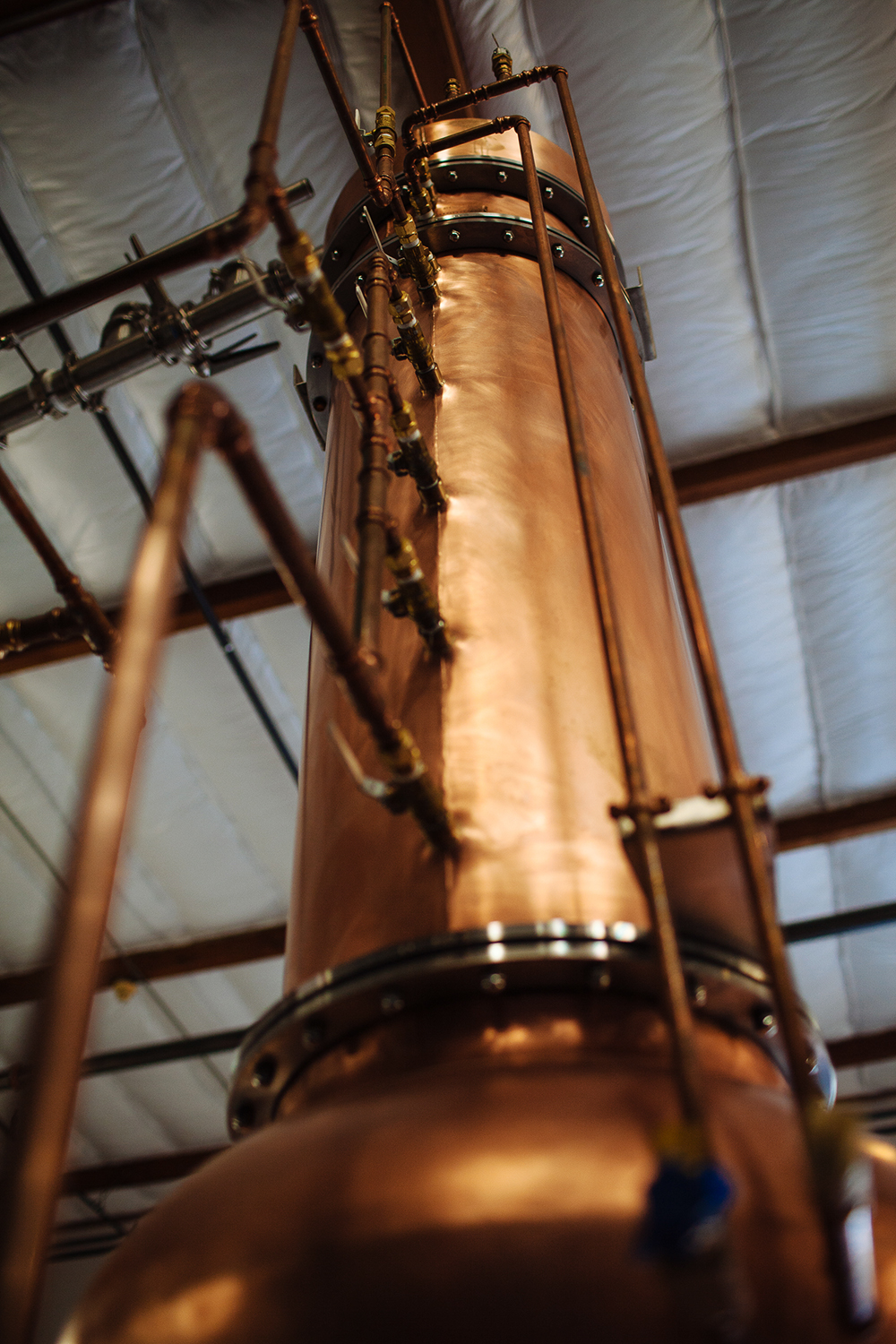
Griffo’s rye, bourbon and American whiskey still need more barrel time before they’re available. But the distillery’s Scott Street Gin is for sale at Bottle Barn, Willibee’s and Charlie’s Liquor as well as at Petaluma bars. In a couple months, you can try the gin (along with a few cocktails using it) at the Griffo tasting room and bring a few bottles home with you.
Visit their website >



